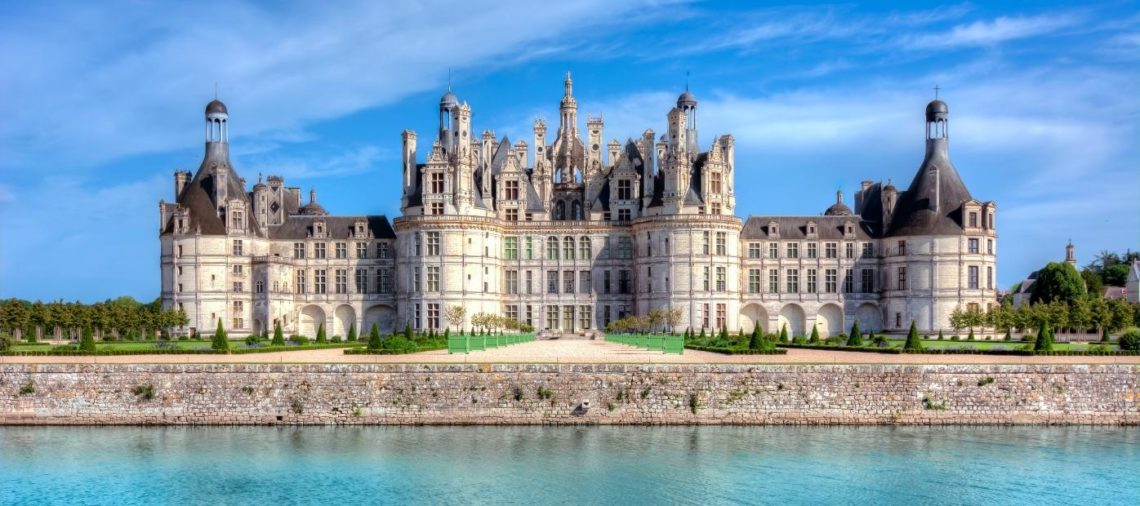The Loire Valley is one of those holiday destinations you’d tend to put off for later in life. I mean, I’ve heard people say that a Loire Valley holiday is boring and that they’re saving it for an older age because, after all, France’s castles were built more than 500 years ago, and they’re still there and will be there for the next 500.
Others, however, among whom I have happily decided to include myself, believe that the Loire Valley can always be an excellent holiday destination. Not necessarily because of the castles but because of the whole environmental “concept”, which includes forests full of game, wines of the highest quality, thousands of kinds of cheeses, civilized and friendly people, which send the saying “France is a wonderful country, it’s a pity it’s inhabited” around the corner.
So, for a week, I set up headquarters in Nantes (which is somewhere at the western end of the Loire) with the idea of scouting around a bit, including two trips to the Atlantic Ocean, to some of the resorts that sometimes make the French forget that the Côte d’Azur exists and that they have an equivalent alternative in Brittany.
Loire Valley Castles – an unforgettable trip
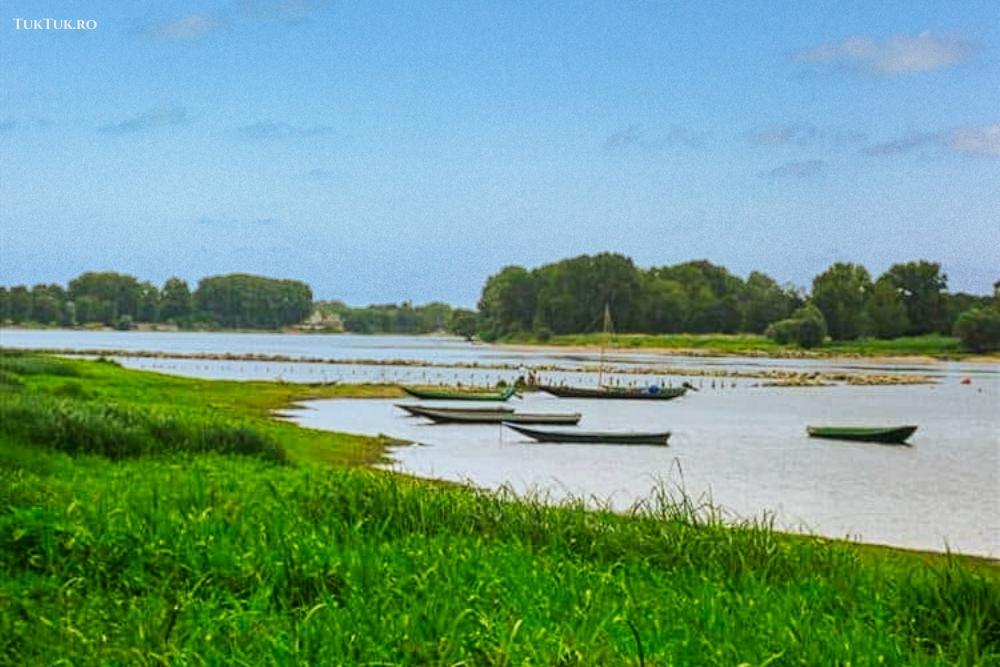
I took a flight from Bucharest to Paris; then the best idea was to rent a car on the spot, immediately after leaving the airport.
As I would like this post to be somewhat of a guide for those who choose the Loire Valley in search of an exit from day-by-day life, I will group the itineraries I have traveled according to the respective castles and Atlantic “parts”. This article is about Loire’s castles. And you can read here about 11 best things to do in Loire Valley.
The point is that it’s best to stay in Tours for route optimizing this kind of route. The town sits right in the Valley’s center and is ideal for castles east or west. Tours also have a castle, of which not much remains – two towers, but also a very beautiful cathedral plus a medieval quarter – Le Vieux Tours – that fascinates with its maze of picturesque streets and wooden houses.
From Tours, as I said, it’s a short way to the rest of the castles on either side. I’ll start with the ones in the east, with the caveat that I’ve seen the most important ones and didn’t manage to get to the ones on the far east of the Valley, including Sully-sur-Loire and Sancerre, the latter in a famous wine-growing area.
Read
Chambord Castle, “the monster”
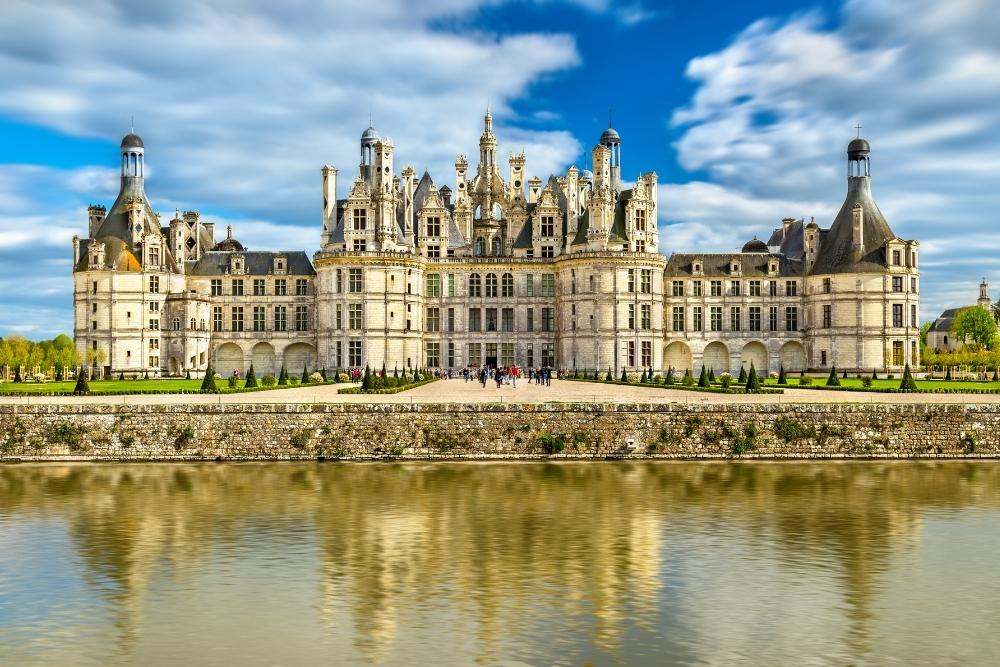
Located about 40km east of Tours, Chambord is the largest Loire castle, a true example of megalomania. Francis I began building it in 1519 to be as close as possible to his mistress, the Countess of Thourry. Twelve years and 1800 workers were needed to raise a veritable monster built in the purest Renaissance architectural style, combining French and Italian architecture.
There are no less than 440 rooms in Chambord Castle, 365 chimneys, and a 32km wall surrounding an enormous 5200 ha forest (4000 ha of which are reserved for game – mainly red deer). Hunting was, incidentally, the other purpose for which Francis I built the castle, as it was not a permanent residence for the French sovereign. Leonardo da Vinci himself is said to have advised the king on the castle’s architecture and on abandoning the unfortunate idea of diverting the Loire to form a moat.
After Francis’s death, the castle fell into shadow until, in 1639, Louis XIII gave it to his brother Gaston d’Orleans, who practically saved it from becoming a ruin. In the 18th century, Louis XV gave Chambord to the Marshal of Saxe to reward his victory at Fontenoy. The place became a madhouse for the new owner, who feasted on women, wine, and parties.
During the French Revolution, the castle’s furniture was totally destroyed, and after 1930 Chambord became state property and underwent intensive restoration.
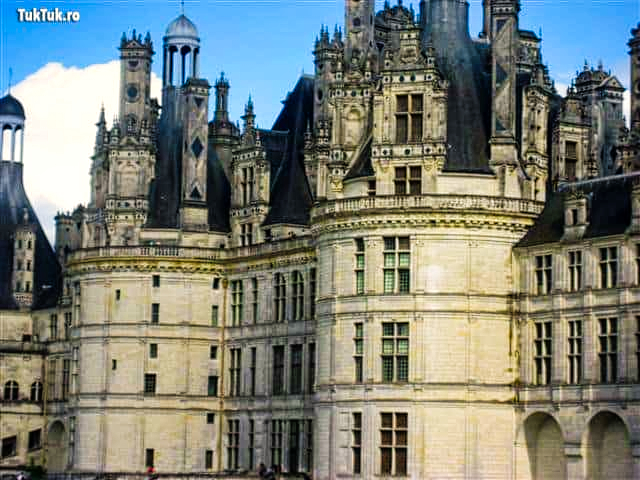
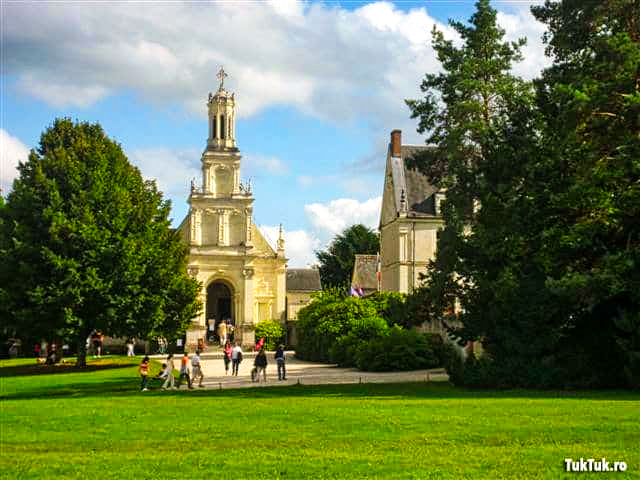
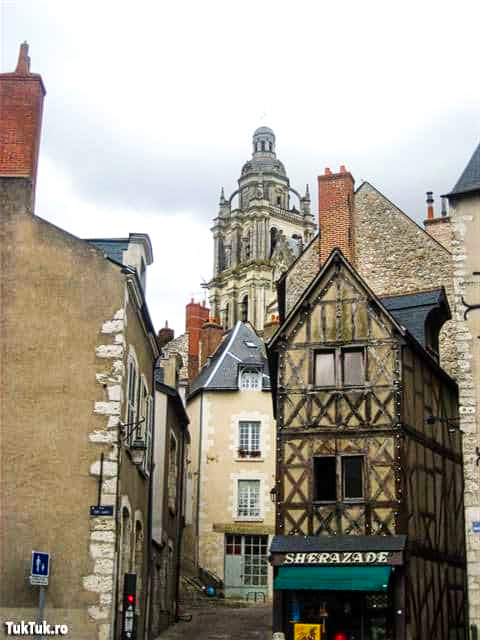
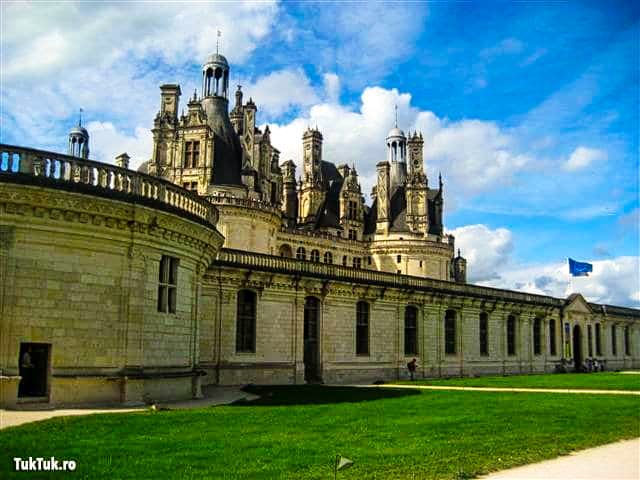
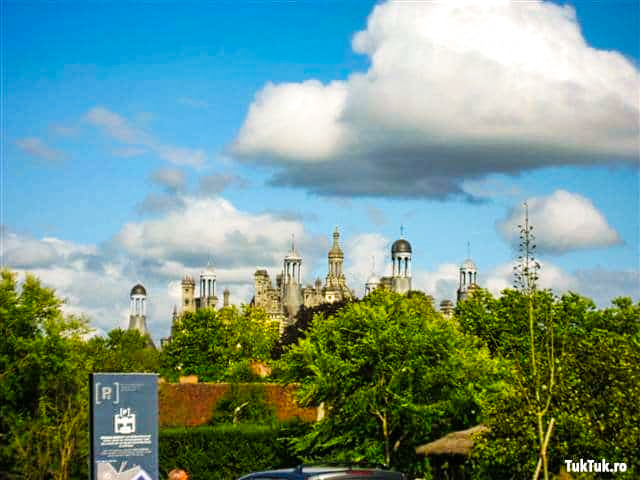
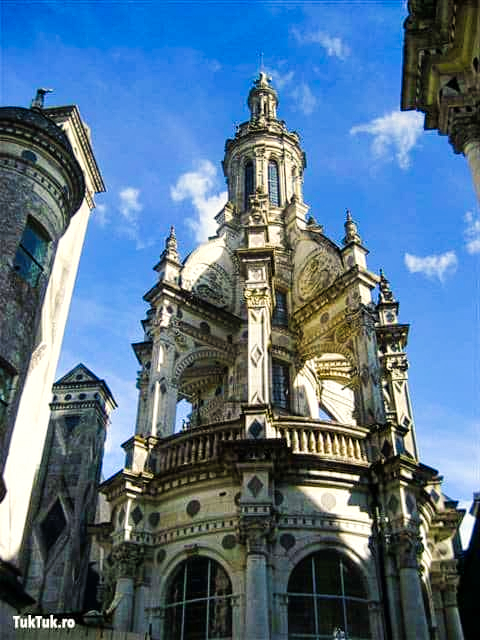
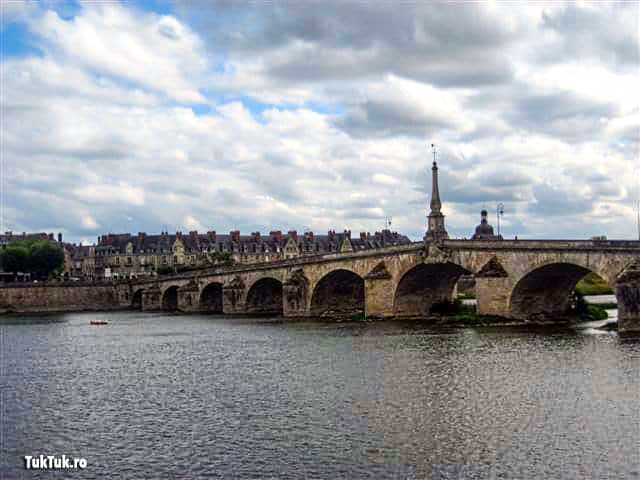
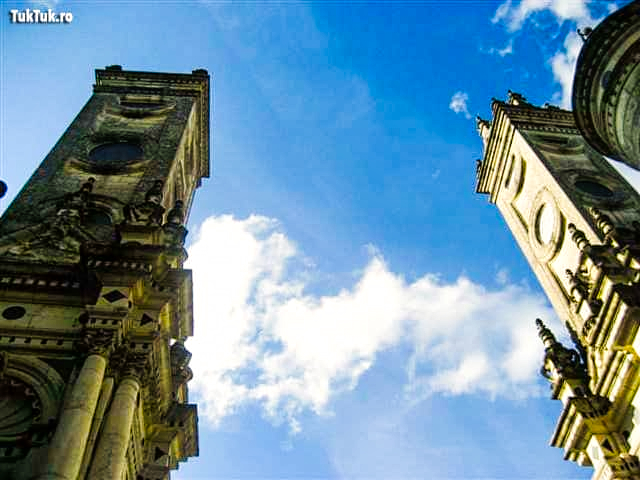
The castle immediately impresses from a distance. The architecture is a madhouse. Between the four main bastions spill many towers, turrets, staircases, domes, chimneys, roofs – a bewildering cavalcade that delights this otherwise quite sober castle inside.
The rooms are huge, filled with tapestries and exhibits largely related to hunting – there’s even a sort of hunting museum. That’s probably why the castle was never used as a permanent dwelling – hard to heat such rooms. Its garden isn’t as spectacular as elsewhere, but the lawn that stretches over broad areas all around is immaculate and gives you a sense of tranquillity. That’s despite the thousands of visitors who, with audio guides or not, throng the two parallel spiral staircases inside, two staircases that never meet – an obsession of da Vinci, who supposedly also designed them.
Chambord Castle also offers many side activities. Children can ride the cute ponies that carry them around. You can hire carriages to beat the acres of forest that are teeming with game. There are dressage shows as well as photo safaris. Dining is available nearby, but beware, a general problem I’ve experienced now and which I honestly don’t remember having encountered in past years when visiting France, regardless of the region: restaurants close from 2 pm to 7 pm! So if you’re a tourist who, after a good few hours of wandering, starts to get bitten hard by the stomach mice around 3 pm, chances are you’ll only end up with a sandwich or a pancake.
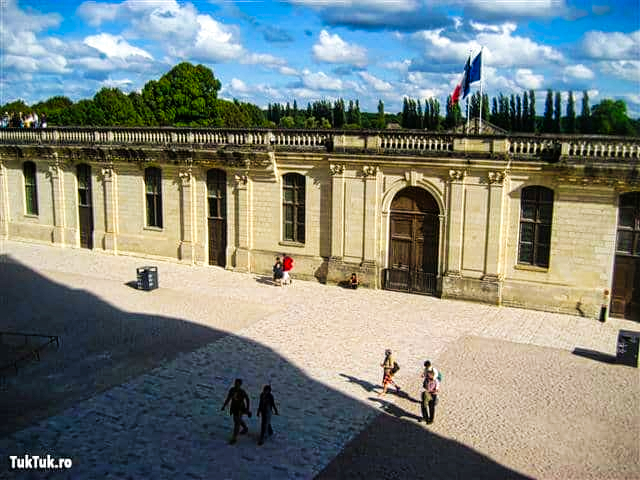
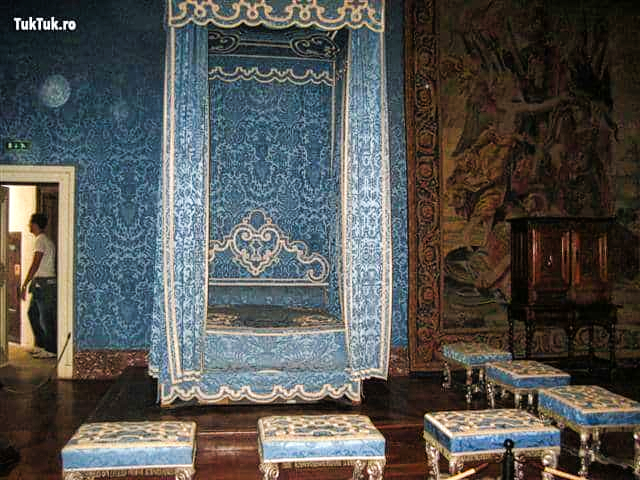
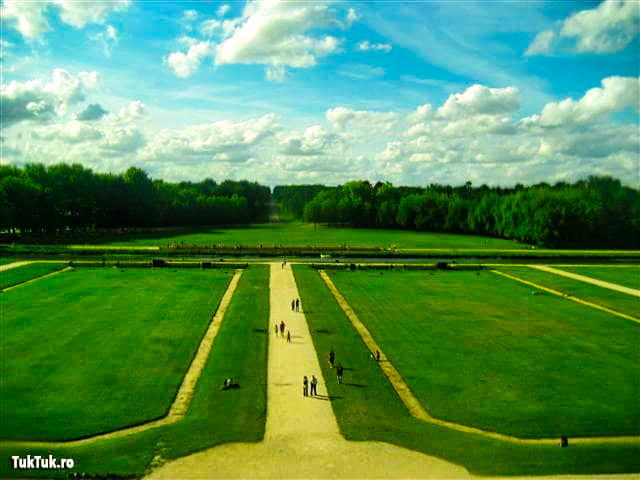
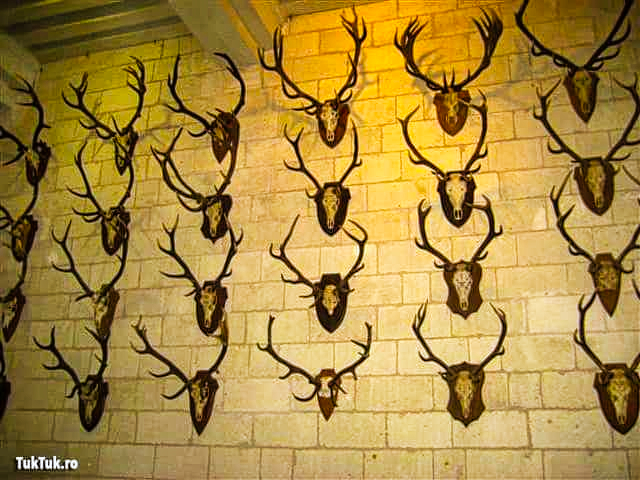
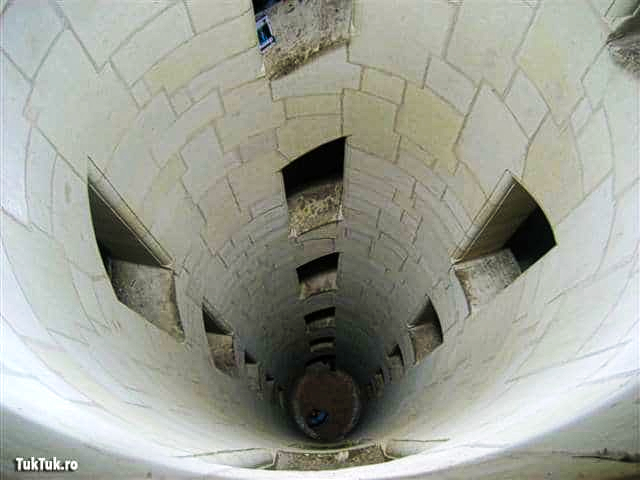
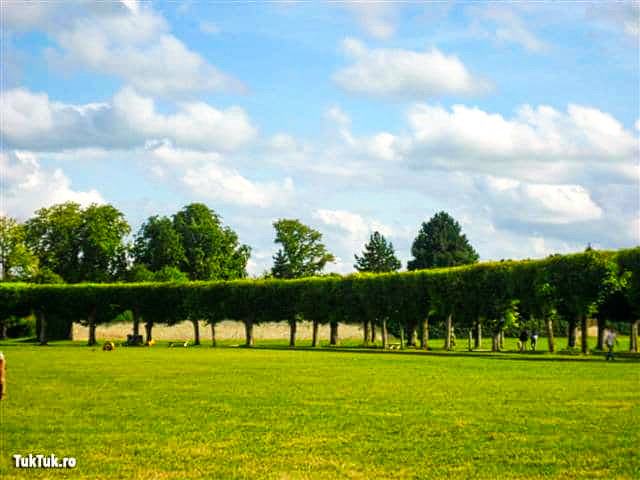
I don’t understand how in the so-called French tourist centers the French put their hands up to their asses and go to bed or who knows where, at the very time when it would be normal to keep their restaurants open and, what’s more, make money! So watch out for lunchtime! Don’t go past 1.30 pm if you want to serve only a siesta. Only a few patrons break the rule.
As the first castle I visited, Chambord surprised me more by its grandeur than its elegance. It’s sort of the “people’s house” of that era, relative to the level of the grandeur of the building. It didn’t remain my favorite, but it is truly spectacular. I wondered what the annual maintenance costs of such a “beast” would be.
Chenonceau Castle, a beautiful jewel

If Chambord is the largest of the Loire Valley castles, then Chenonceau is easily the most beautiful. That’s to avoid words like “romantic”. Although, seriously: you will be struck by romance in all its splendor as soon as you enter the gates of this chateau that spans the Cher river like a bridge. Historically speaking, Chenonceau has been the refuge of famous female names: Diane de Poitiers, Catherine de Medici, Mary – Queen of Scots. Women strongly impregnate the castle’s architecture, the project being supervised at the time of construction (1513) by Catherine Briconnet, wife of Thomas Bohier, an extremely wealthy moneylender.
Bohier went bankrupt at some point, sold the castle to Francis I, and later became King Henry II’s property. Like any respectable sovereign, Henry had a wife – Catherine de Medici – and a mistress – Diane de Poitiers. The original owner of the castle was his mistress. Diane built her ark across the Cher river and became extremely attached to the place.
Only kings die, too, so Catherine proved unforgiving after Henry went to the eternal hunting grounds. She confiscated Diane’s castle, expelling her a little further down the Valley to Chaumont, a smaller and not quite as charming fortress. However, the ark built over the Cher by Diane and her architect, Philibert de l’Orme, would make Chenonceau a veritable place of good taste – some of the most lavish French balls were held there over the years.
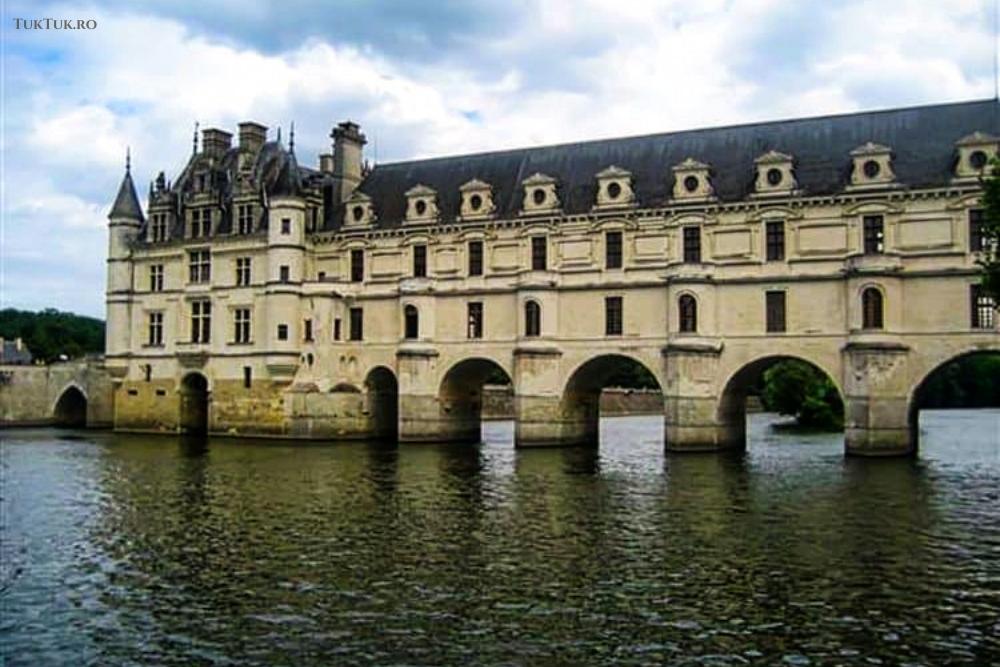
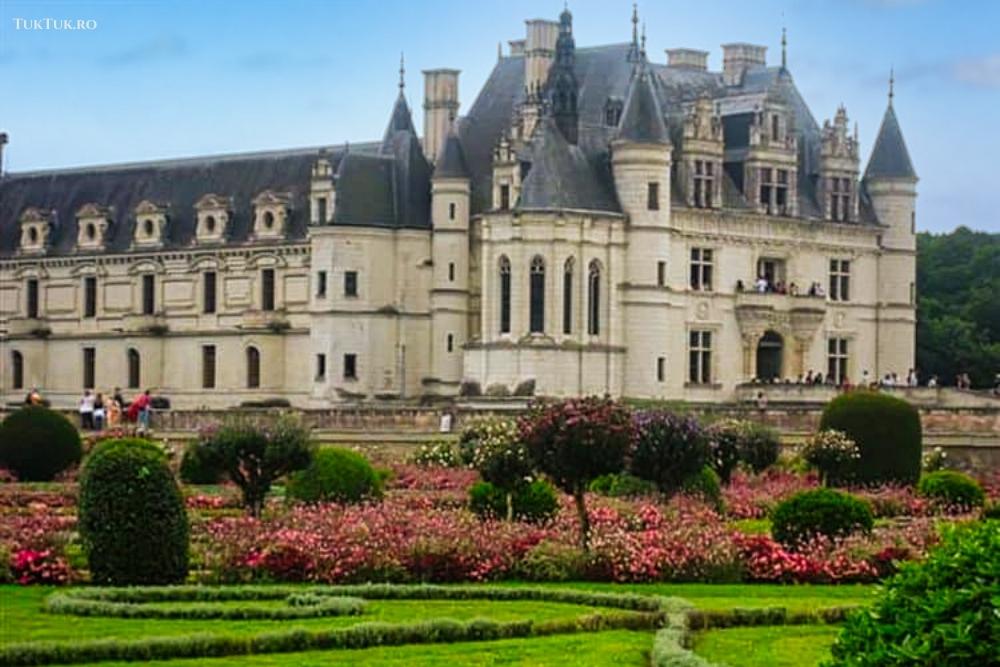
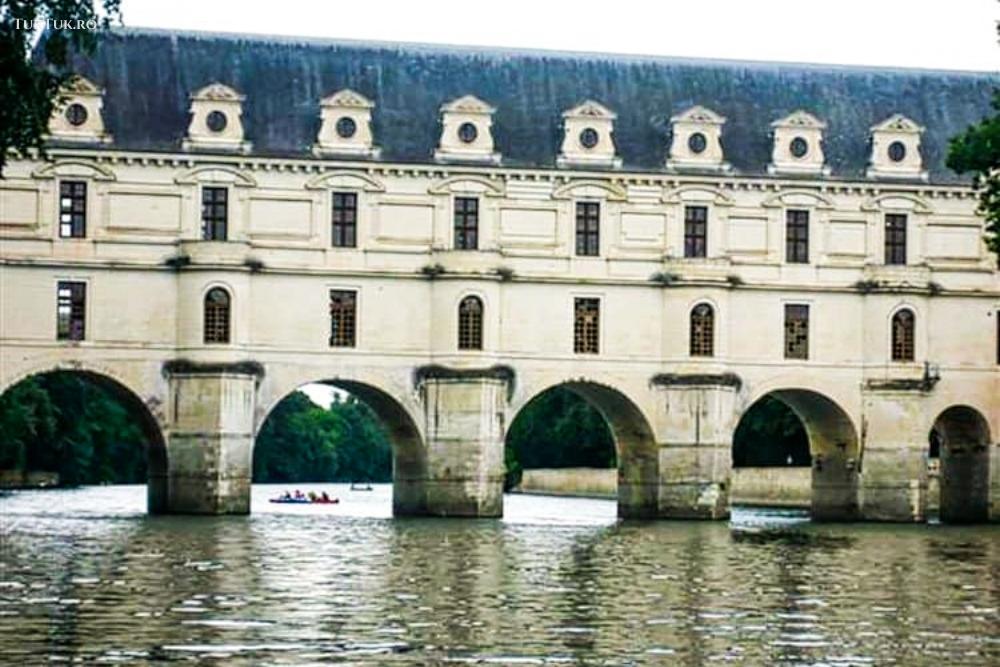
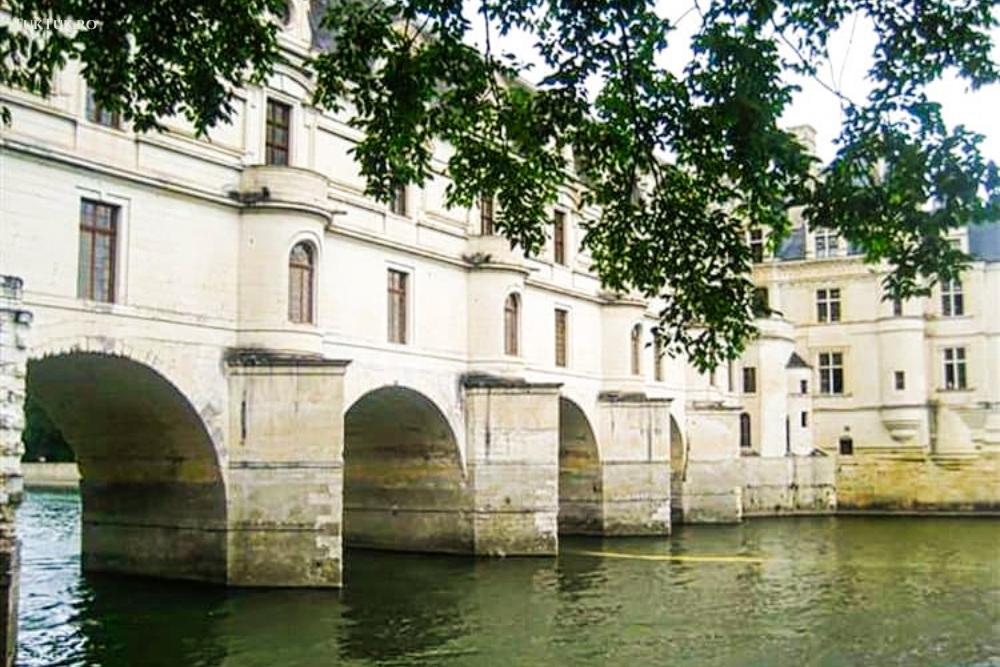
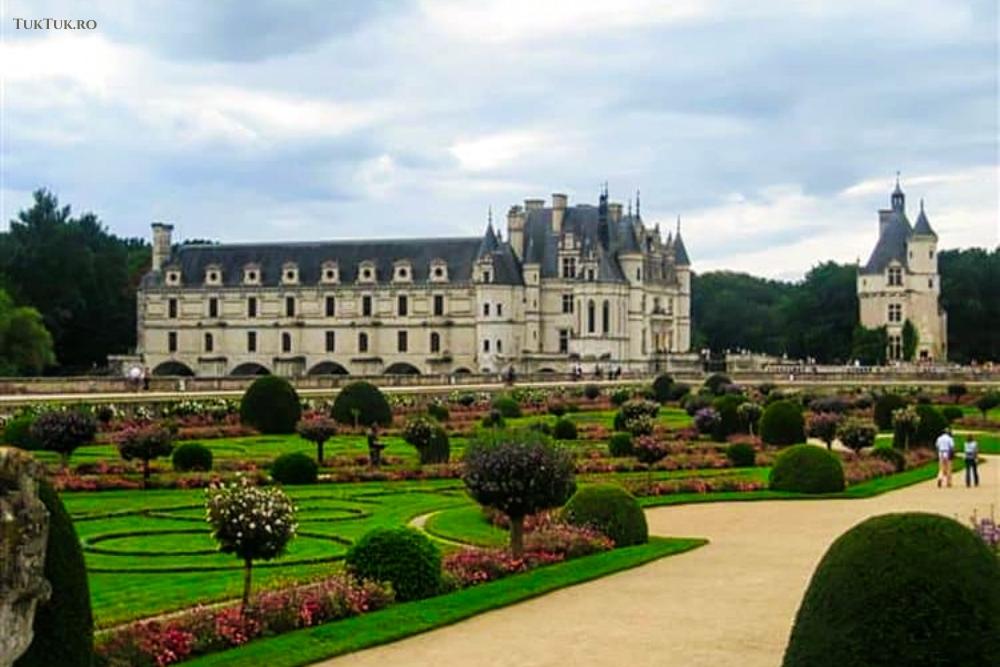
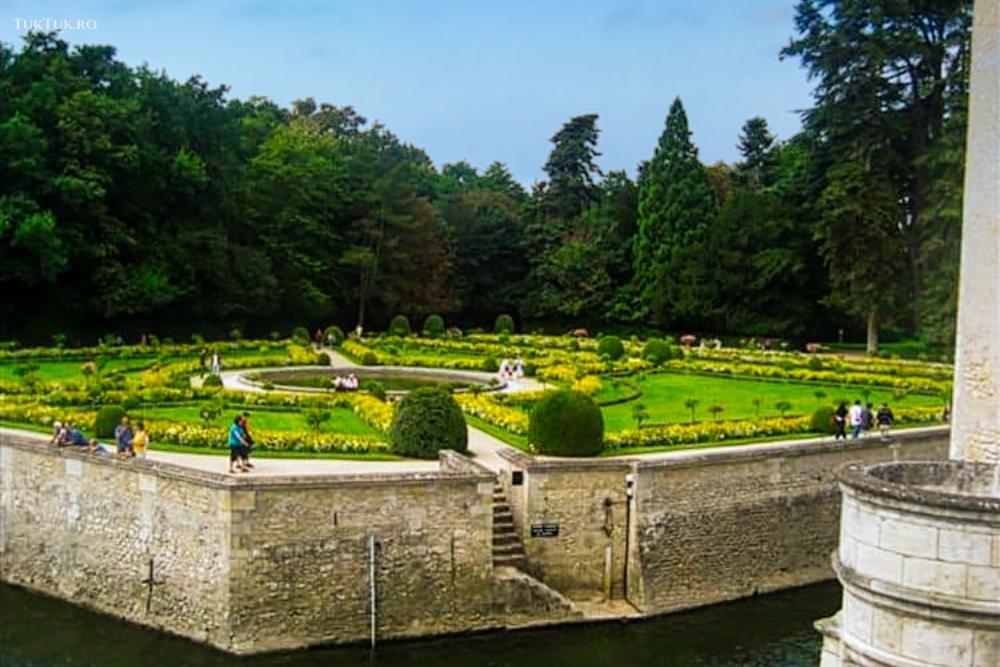
After strolling through the chateau, which houses splendid private art collections (Rubens, Le Tintoret, Rigaud, Van Loo), pieces of Renaissance furniture, 16th and 17th-century tapestries, huge fireplaces as well as impressive bouquets of fresh flowers in every room, cross to the other side of the Cher river. Here, you can stroll through the mysterious forest to the tomb of Madame Dupin (another former landlady of the French Revolution, who had the merit of preserving the treasures of the estate intact in a tumultuous era). Or you can relax and watch the castle in the distance, imagining yourself spending sunny mornings as Diane de Poitiers did when she was under Henry’s protection.
The outdoor centerpieces, however, are the two breathtaking gardens. The southern one, created by Diane, the northern one – Catherine’s work. In the Museum of Wax Figures, next to the castle, all the ladies who have left their mark on this place are presented in wax and bone. From Diane to Gabrielle d’Estrees – another mistress, but of Henry IV, from Catherine de Medici to Louise de Lorraine, wife of Henry III, or Louise Dupin, who maintained the cultural life of the castle, often welcoming visits from Voltaire, Montesquieu, Buffon or Rousseau.
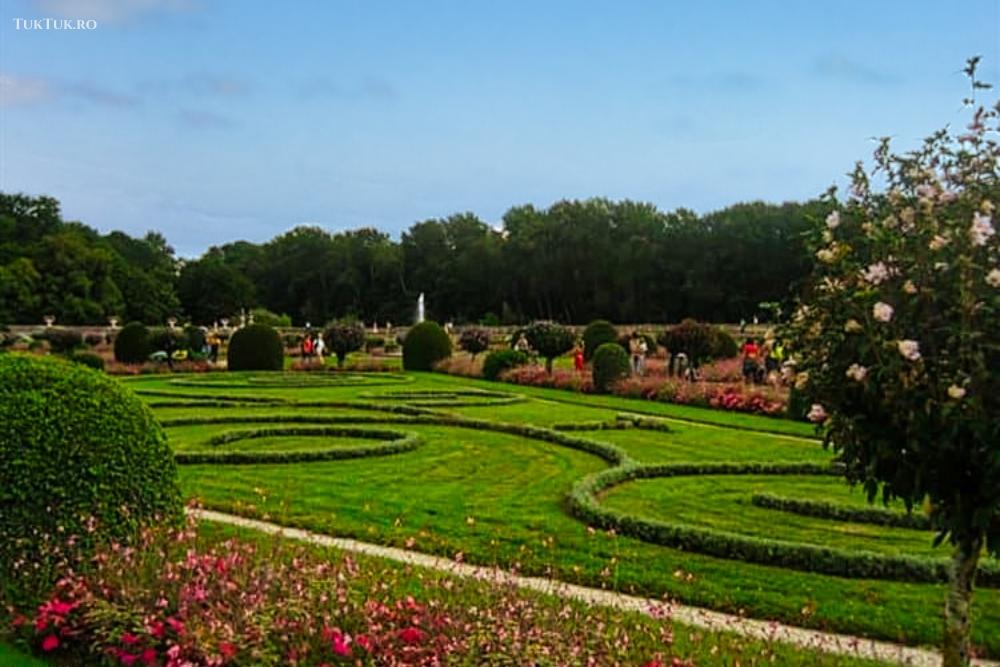
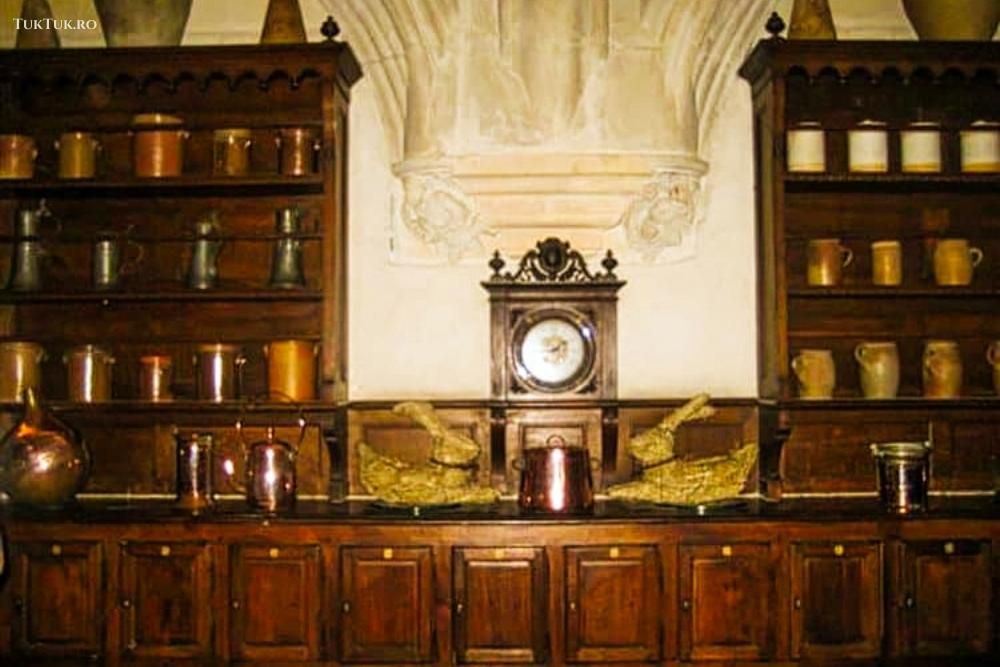
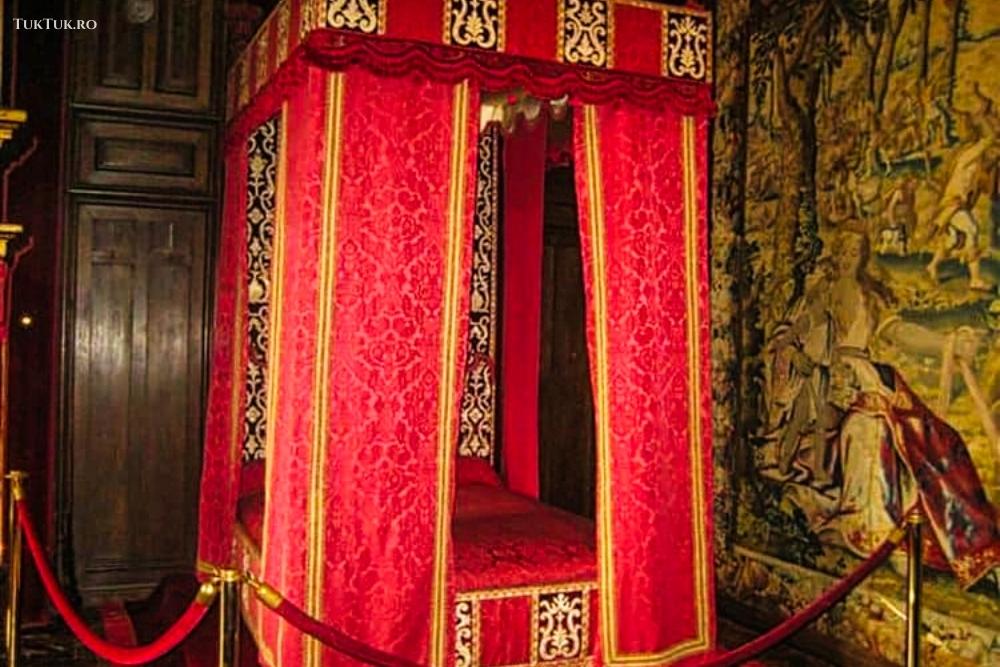
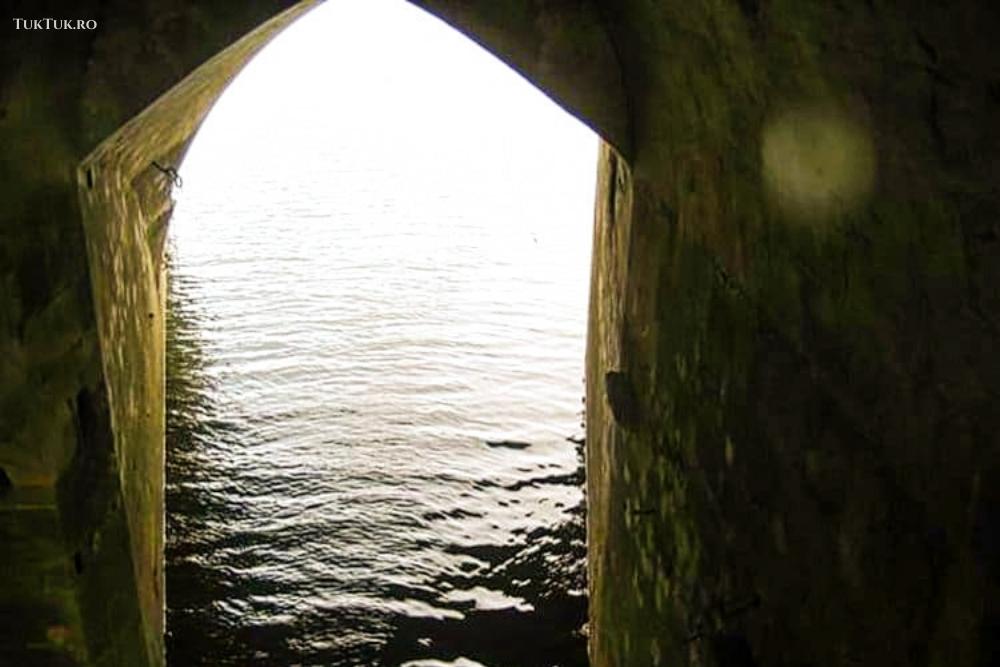
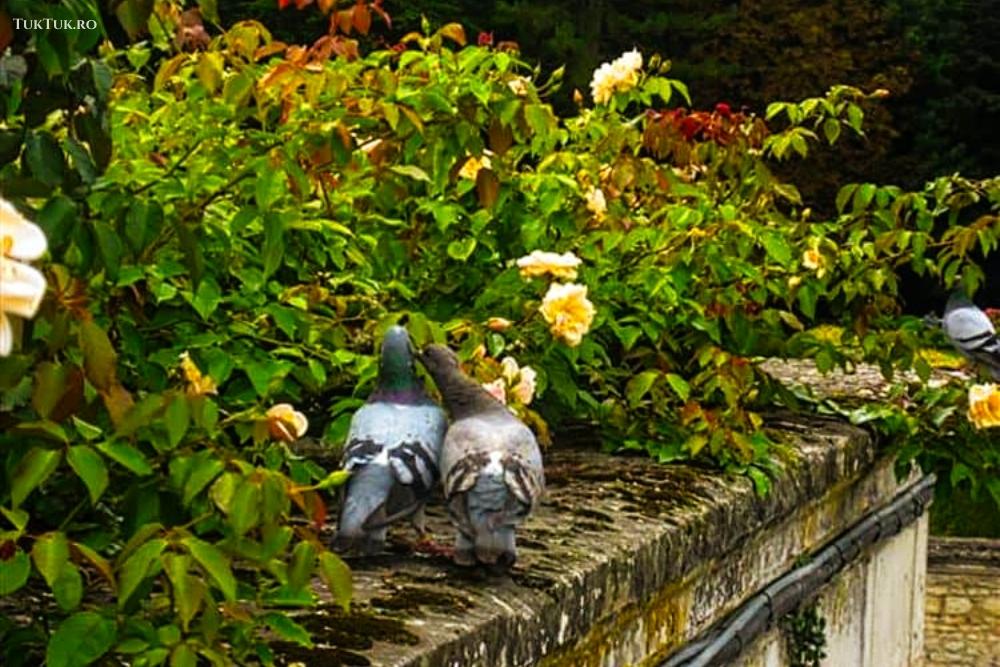

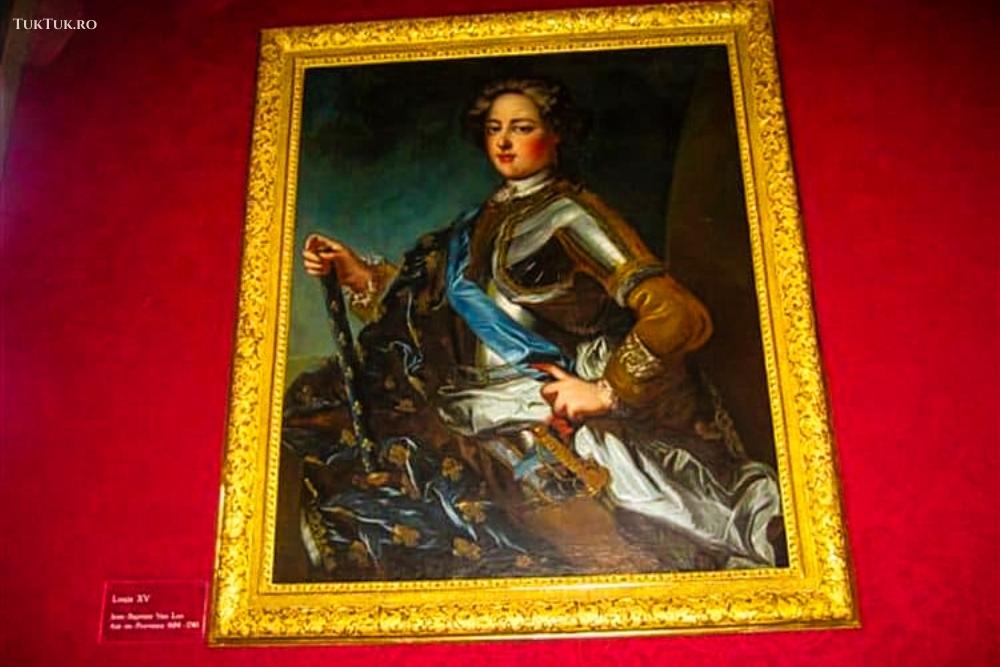
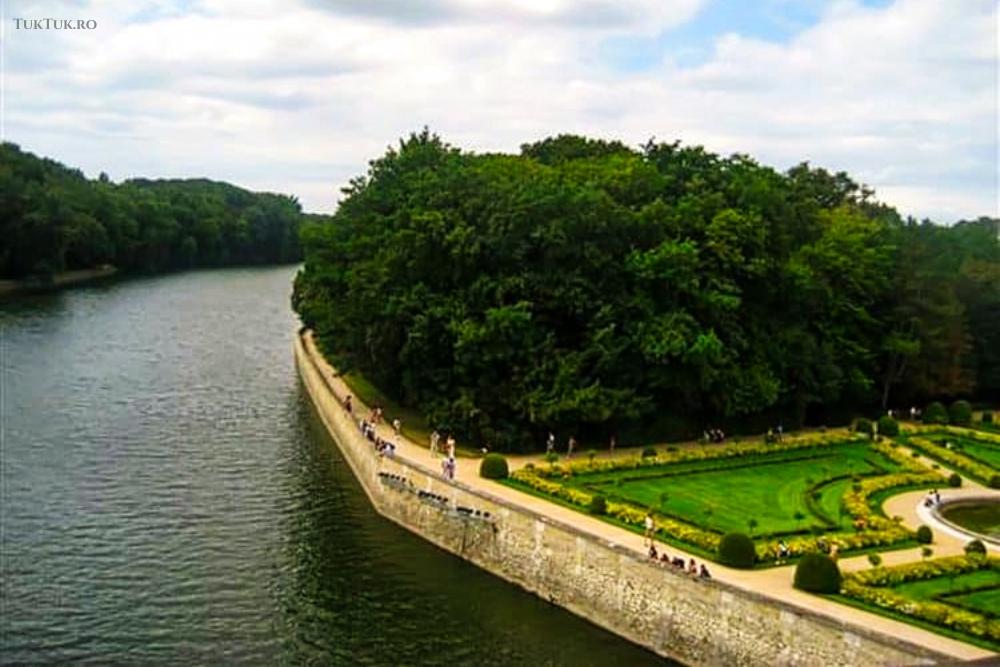
The recent history of Chenonceau Castle dates back to Daniel Wilson, a Scotsman who made his fortune installing gas lamps in Paris and bought it in 1864 for his daughter. The next owner was a Cuban millionaire, Emilio Terry, who took advantage of the bankruptcy of Miss Wilson, who was a great party animal. In 1913, the Menier family, famous for their chocolates, bought the castle from Terry and retained ownership.
Chenonceau is a castle where you can spend half a day without knowing when the time has passed. In the evenings there are sound and light shows (unfortunately I didn’t catch them) which are said to be fascinating – 6 euro night walk.
Beware of… andouillette!
Before continuing the route to other castles, it wouldn’t hurt to mention a dish discovered in France that I recommend… if you have mortal enemies. It’s called andouillette, and it’s one of the few pork things I came across during my “Loire” periplus.
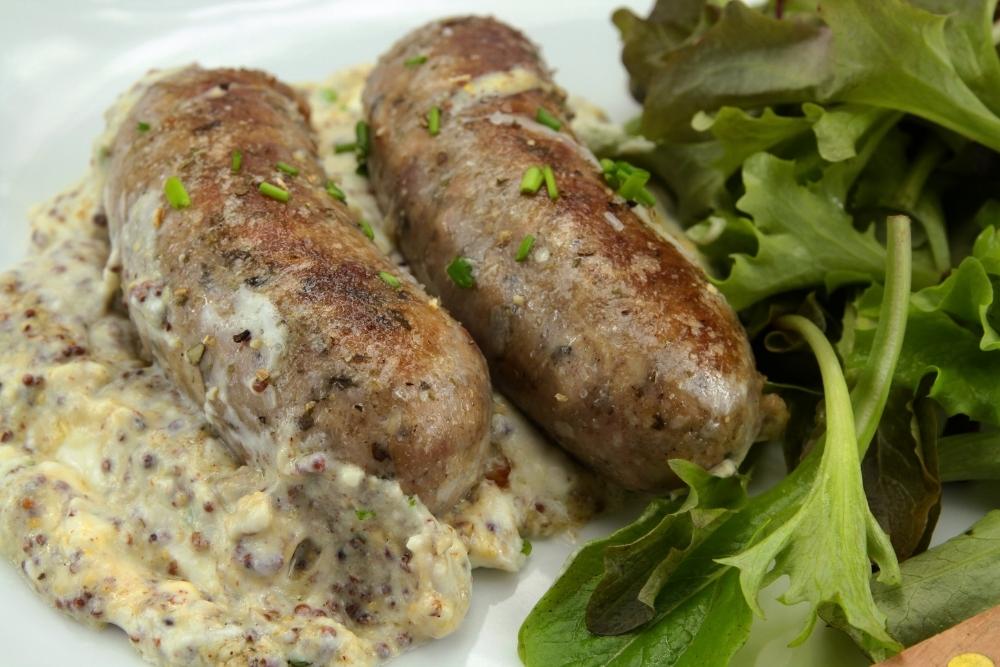
The andouillette looks like a thick sausage, and when you’re really hungry, its appearance makes you point to it and say without hesitation, “that’s what I want!”. Only you’ll regret those words as soon as you’re served it. Once you cut it, the andouillette smells awful. I’ve been stung twice by ordering this sausage, after which I vowed to gulp a bit to find out if this is really how it’s supposed to be or if French cuisine has gone mad. Plus, I placed bets at the table of what it’s made of, with the choices ranging from fudge to ears.
When I hit the internet, I searched hard. Well, andouillettes are sausages specific to the cities of Lyon and Troyes, made from the colon and stomach of pigs. Tourists are often disgusted by their ‘flavor,’ but there seem to be many gastro-freaks for whom the compounds that give feces its characteristic smell is a kind of food bungee-jumping that releases tons of adrenaline. Because otherwise, I can’t explain how a dish that turns your stomach upside down can be successful.
Amboise Castle, mysterious charm
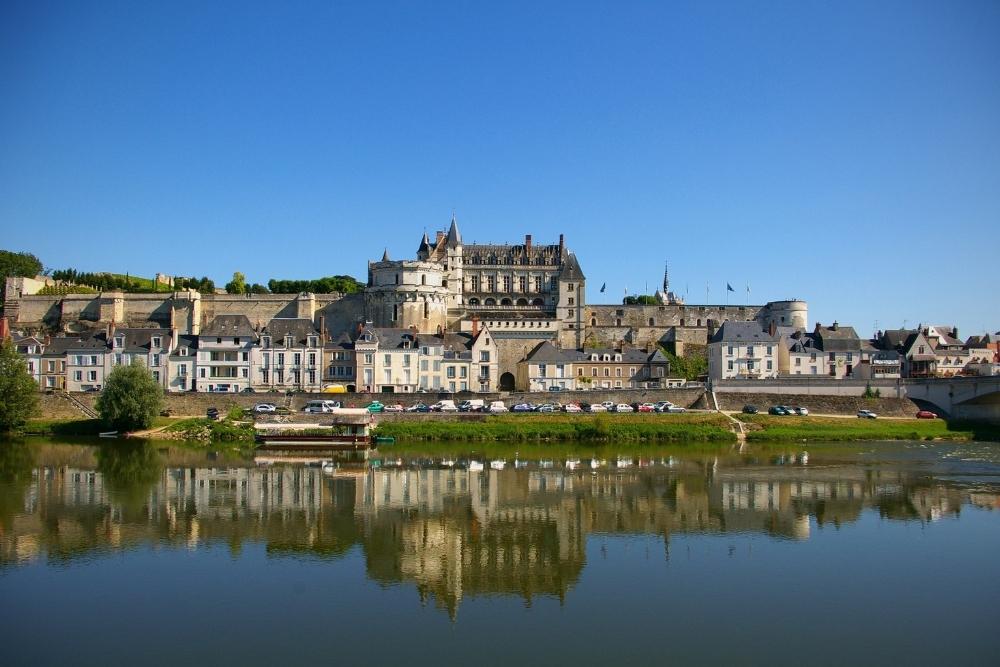
24km east of Tours is the castle of Amboise. The town of the same name had also become famous because it was the last place where Leonardo da Vinci lived – which is why, near the castle, there is Clos Luce, a Renaissance mansion where Leonardo spent the last four years of his life when he was under the protection of King Francis I.
He never ceased to amaze with his imagination and inventions. In fact, the basement of the mansion contains some of Leonardo’s models of his inventions – three-speed gearboxes, a military tank, and parachute designs.
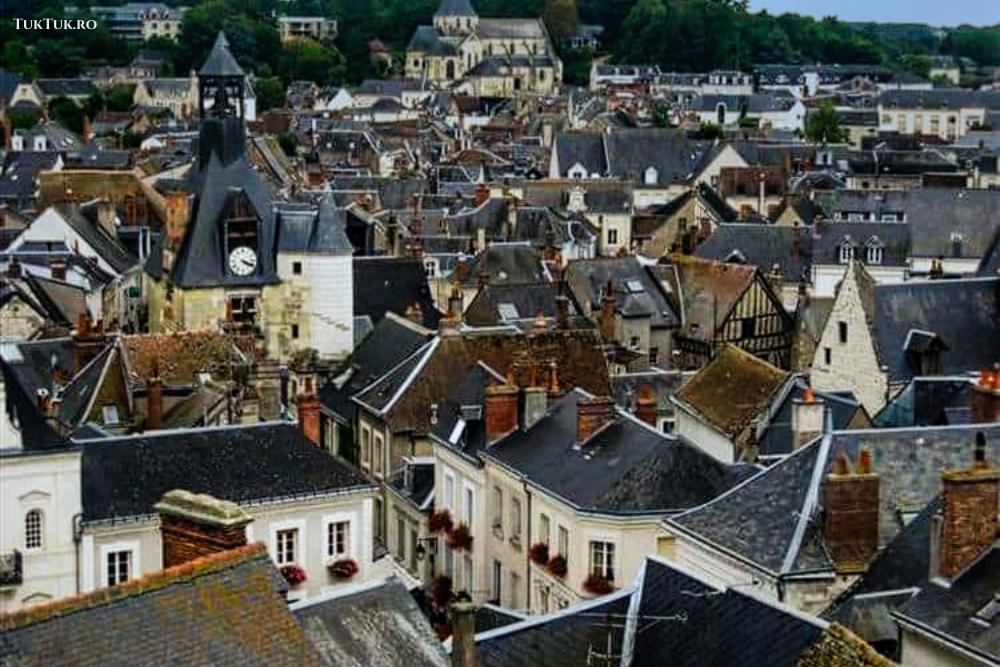
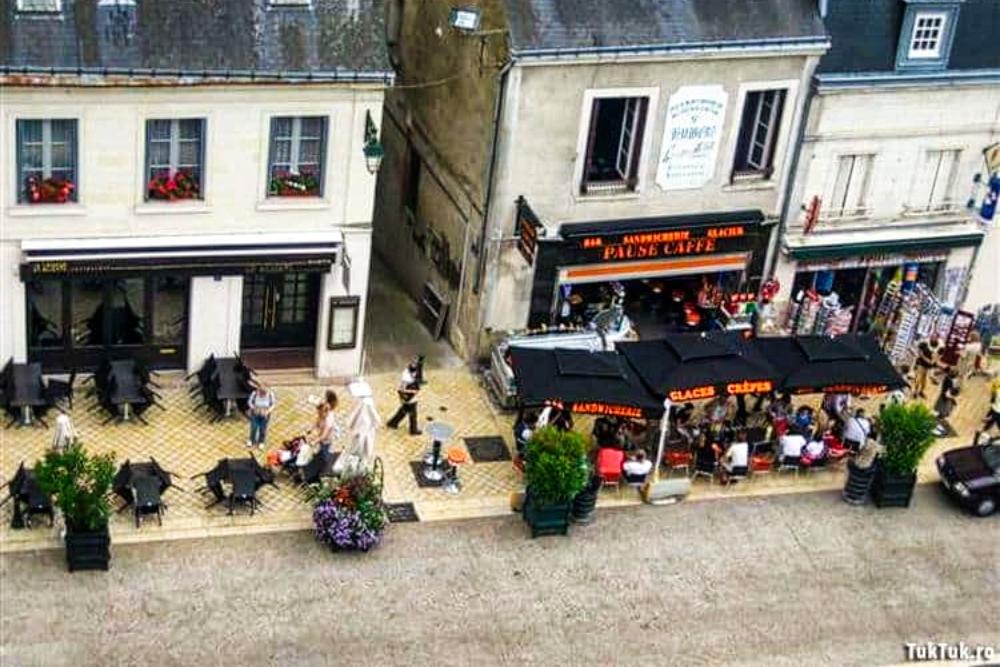
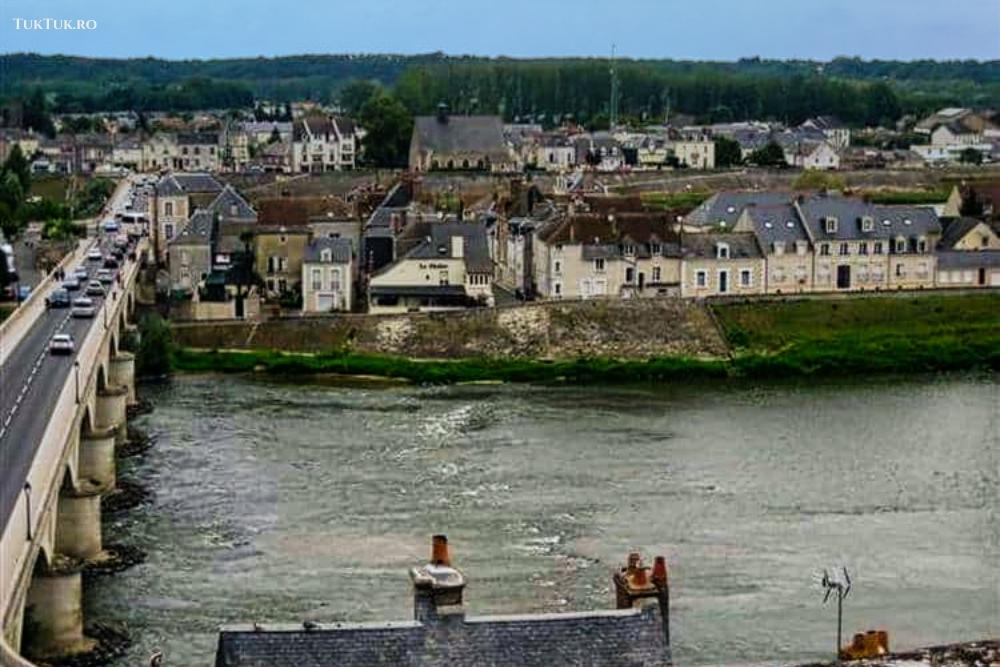
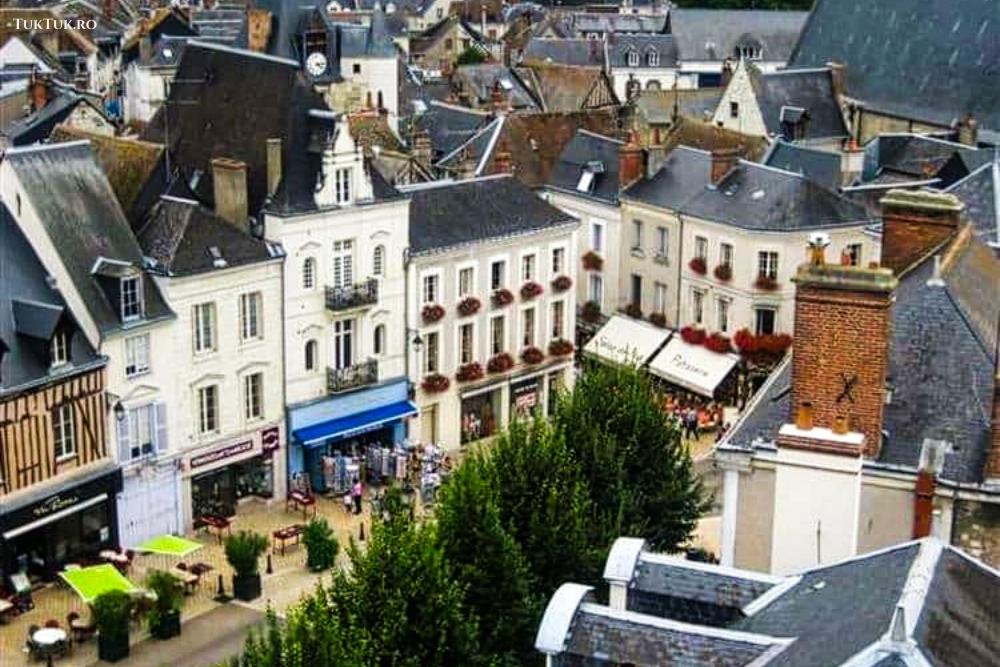
When you enter the chateau from the street, nothing seems to announce the coquetry of the construction. True, once you’ve wandered through the winding, elegant, boutique-lined streets and restaurants of Amboise, a Renaissance town down to its bricks, you expect the chateau to be a joy to the heart. But the steps you have to climb to the entrance don’t have that gift. In fact, after seeing the ticket price (€9), you start to wonder why on earth you have to pay so much for a castle so much more modest than the others.
Only, surprise surprise: as soon as you pass the ticket office, you enter a completely different setting. The castle is shown to you in all its grandeur, perched on a hill you wouldn’t have guessed existed as you count the steps to the entrance.
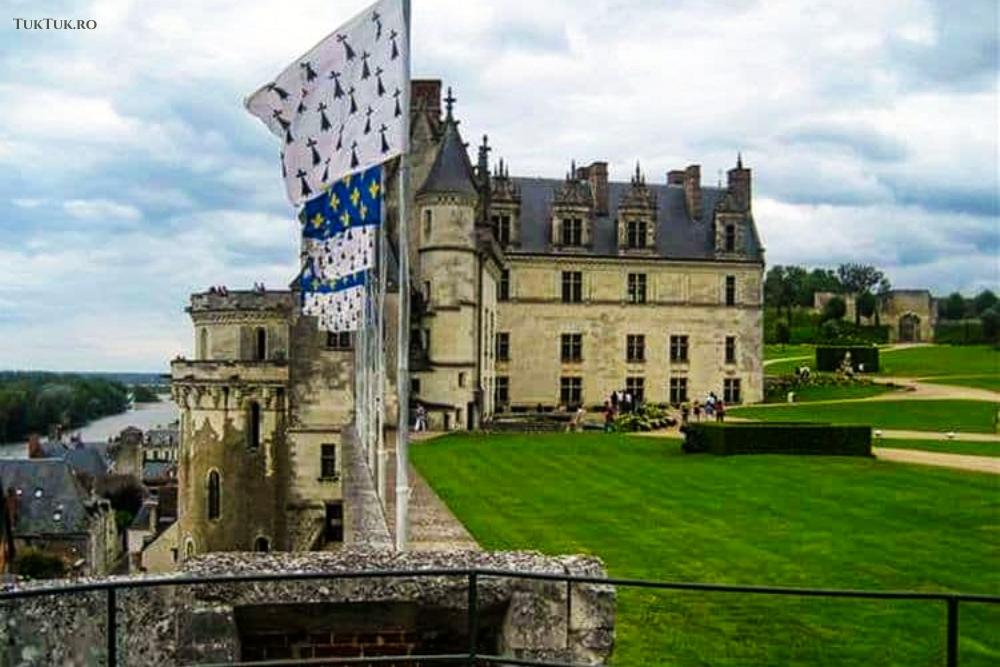
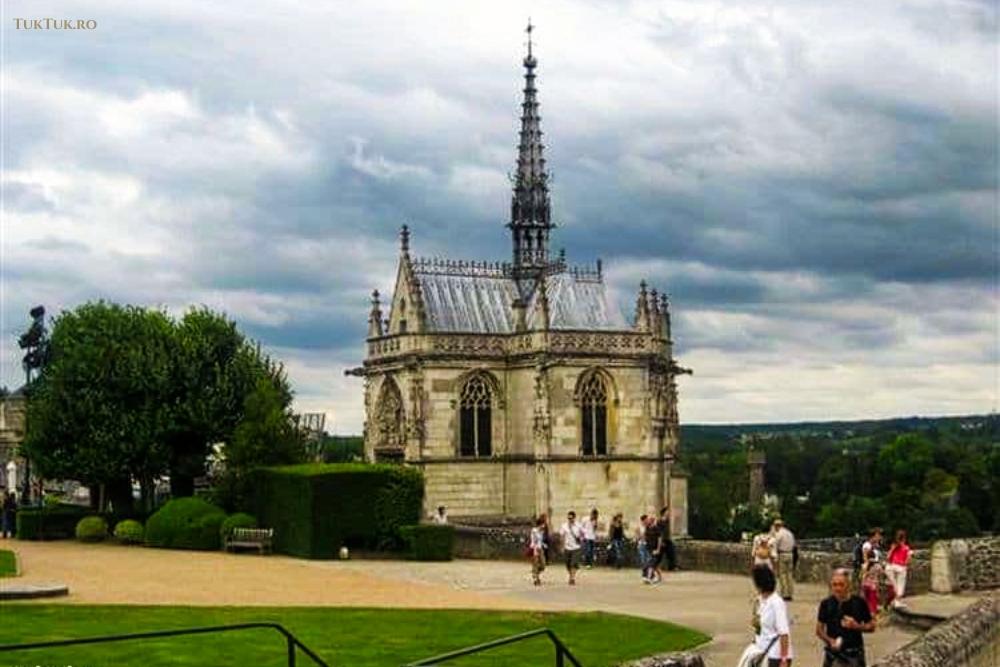

Large courtyards, immaculate lawns, not very spectacular but very well-tended gardens, a little further on a “crop” of round bushes that you expect to roll towards the camera lens, and a statue of Da Vinci, who, as I said, came to Amboise at the invitation of King Francis I in 1515 – these are elements of enchanting. Tourists learn on the spot that the illustrious scientist is said to have been buried in the chapel of St. Hubert near the château, one adorned with valuable sculptures.
Amboise is steeped in centuries of history and blood. In 503, Clovis, king of the Franks, and Alaric, king of the Visigoths, met here, not very amicably, making the first mention of the town’s name. The story of the castle begins in the 11th century, when Fulk Nerra, Count of Anjou, rebuilt the rock fortress that had been built near the Loire as a strategic point. Charles VII architecturally renovated the castle after 1434. He took it over from its former owner, Louis d’Amboise, who had been sentenced to death for conspiring against Louis XI.
It thus became a royal palace and the scene of some strange events, including the death of Charles VIII. History records that he hit his head on the threshold of a door and died as a result. It was also the scene of the Amboise conspiracy, a (failed) plot by Protestants against Francis II. Since 1840, the castle has been listed as a historic monument by the Ministry of Culture. In the last years, the Count of Paris, a descendant of Louis-Philippe, was in charge of its repair and maintenance through a foundation. This comes after Amboise had experienced long periods of neglect and disrepair over time.
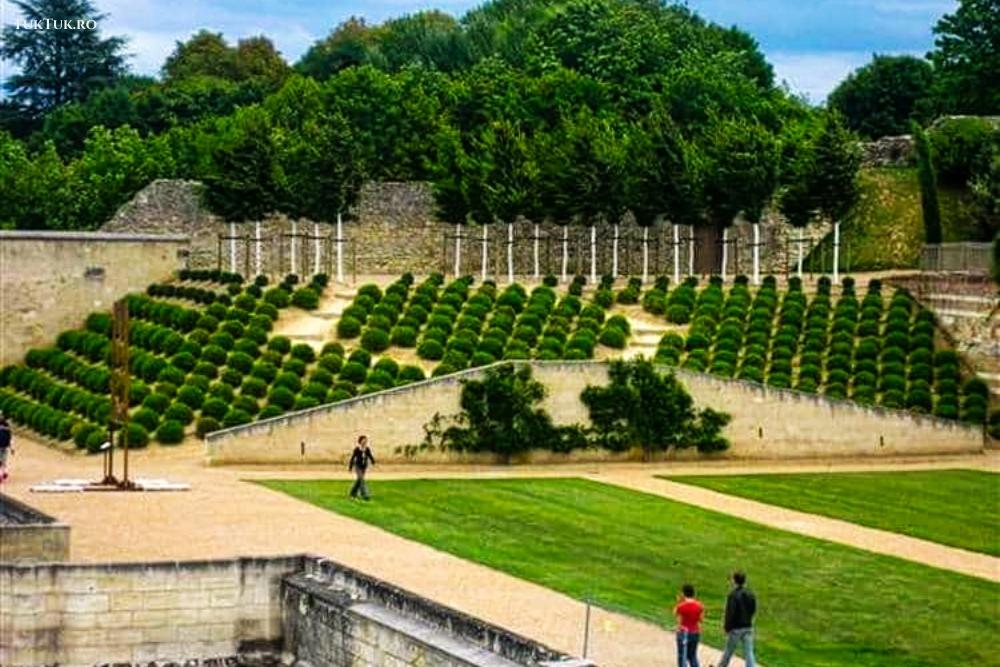
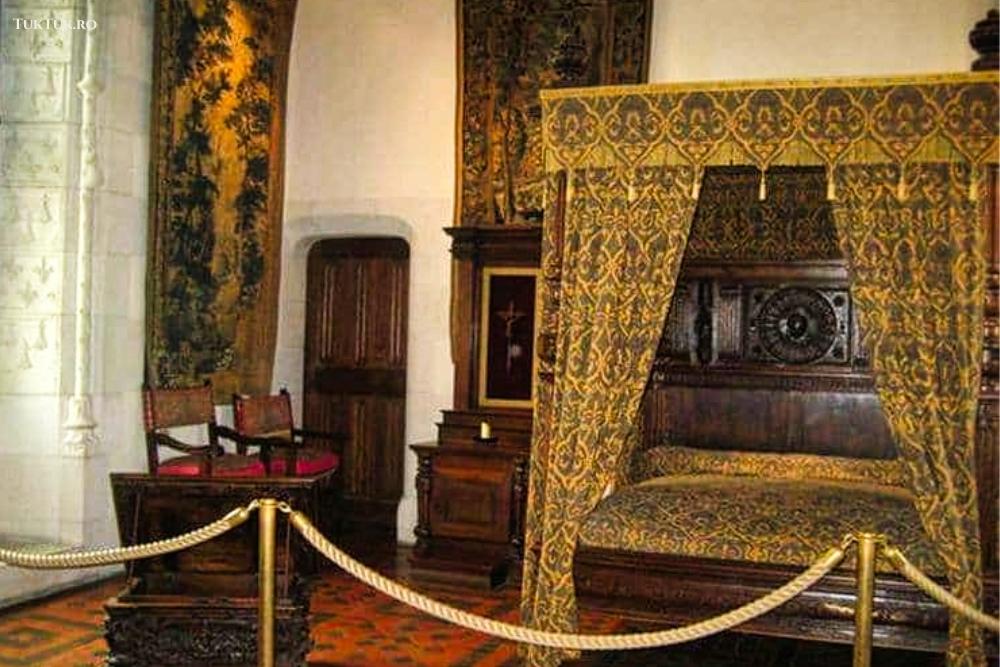
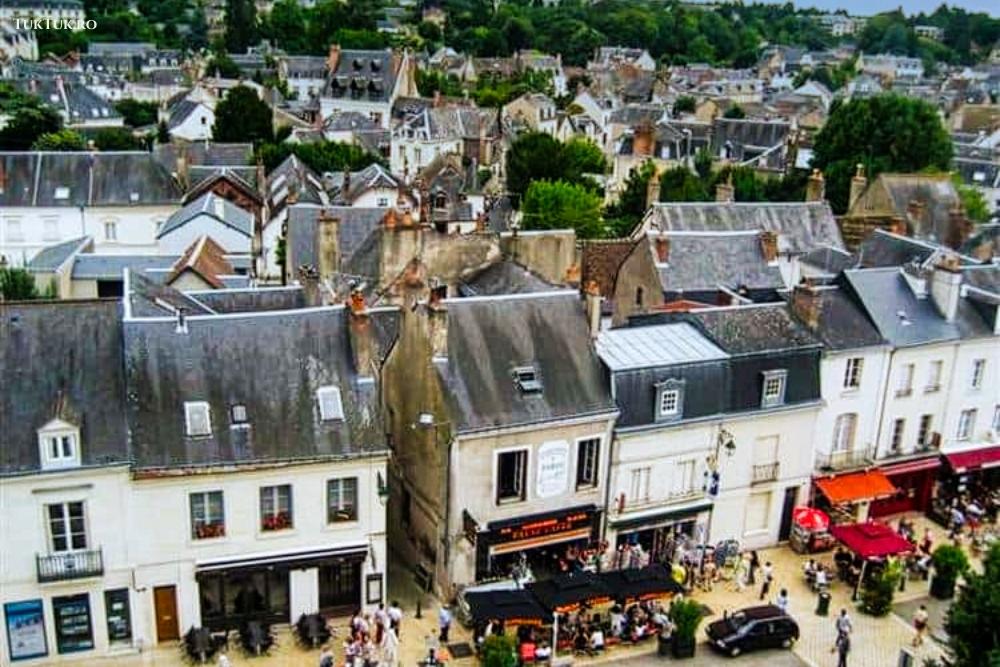
The interior of the castle is well furnished and decorated. The tour of the rooms is quick, and the highlight comes once you reach the terrace from where you have the whole of the small town of Amboise at your feet, with its houses (built in the 15th-16th centuries) with their black, slate roofs, the landscape bathed by the waters of the enchanting Loire.
And one more thing, something I thought was just an optical illusion, but which was ostentatiously repeated in almost every castle that kept period furniture. Beds in royal bedrooms (or anywhere) are very short. This leads me to believe that 300-500 years ago, people were much shorter in stature and that Napoleon was made “dwarf” more out of personal envy than fundamental considerations. All kidding aside, I don’t think they were very comfortable in those beds, even if the canopies gave them an artistic aura. But they probably had one great quality: they didn’t creak during their many love affairs.
Villandry Castle, the most beautiful gardens
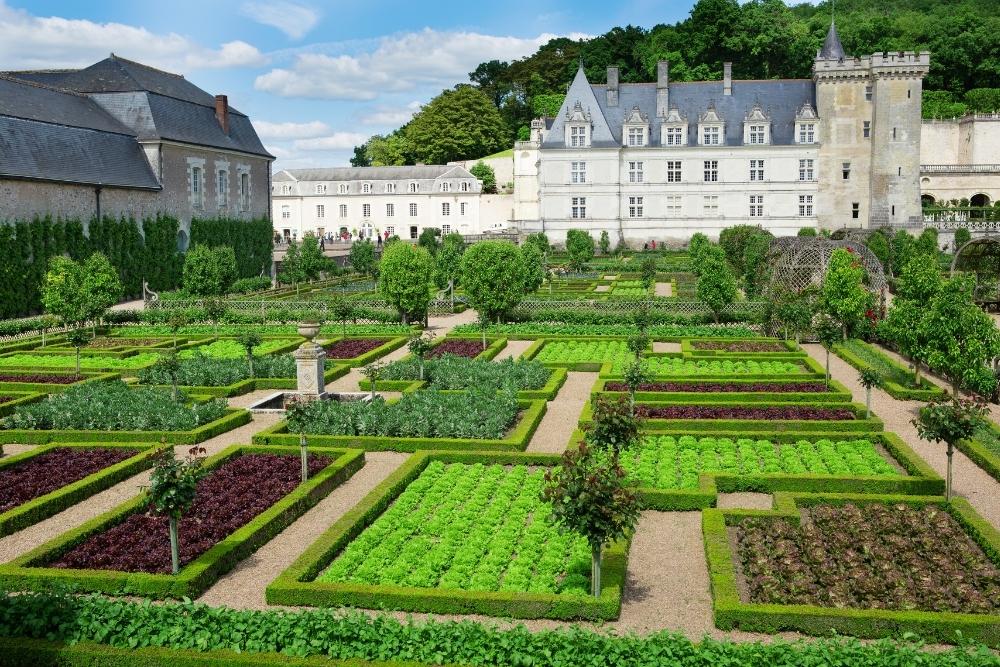
Also, in the Tours area, the most charming part of the Loire Valley is Chateau de Villandry. If someone had asked me before visiting Villandry which the most beautiful gardens I’ve seen in my life are, I would have pointed them to the gardens at Chenonceau, which I had visited the day before, or perhaps some well-tended gardens I’ve seen around England. With Villandry, the notion of “garden” is definitively transformed into the concept of “show garden”. And with that, you find that gardens also have the gift of giving you goosebumps.
Villandry Castle was built in 1536 and, during the Renaissance, boasted one of the largest in the Valley. Jean le Breton, Francis I’s finance minister, built it (understandably, he had money). Interestingly, le Breton made another copy during the construction, in miniature, which stands next to Chambord Castle. Le Breton spent many years in Italy, where he studied the art of gardening, which explains this place’s tradition of splendid gardens.
Villandry remained in the ownership of the le Breton family until 1754, after which it passed into that of the Marquis de Castellane, the royal ambassador who came from an illustrious Provençal family. He redesigned the chateau’s interior, bringing it up to 18th-century comfort. It is not only the castle’s delightful gardens but also its interior, restored in the 19th century. Note the Toledo ceiling, painted in the Moorish style or the collection of Spanish paintings.
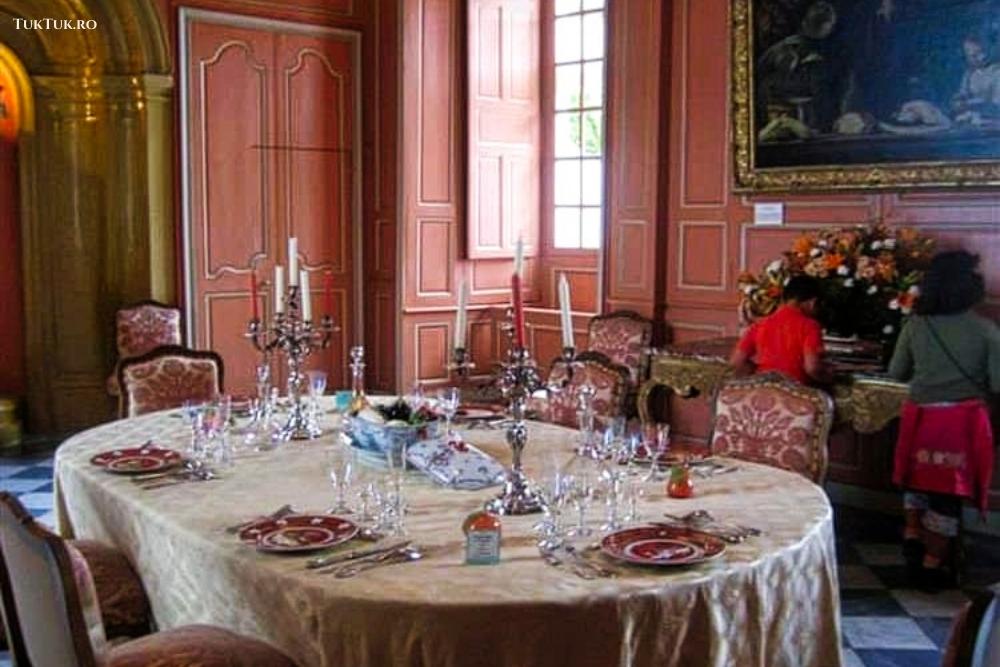
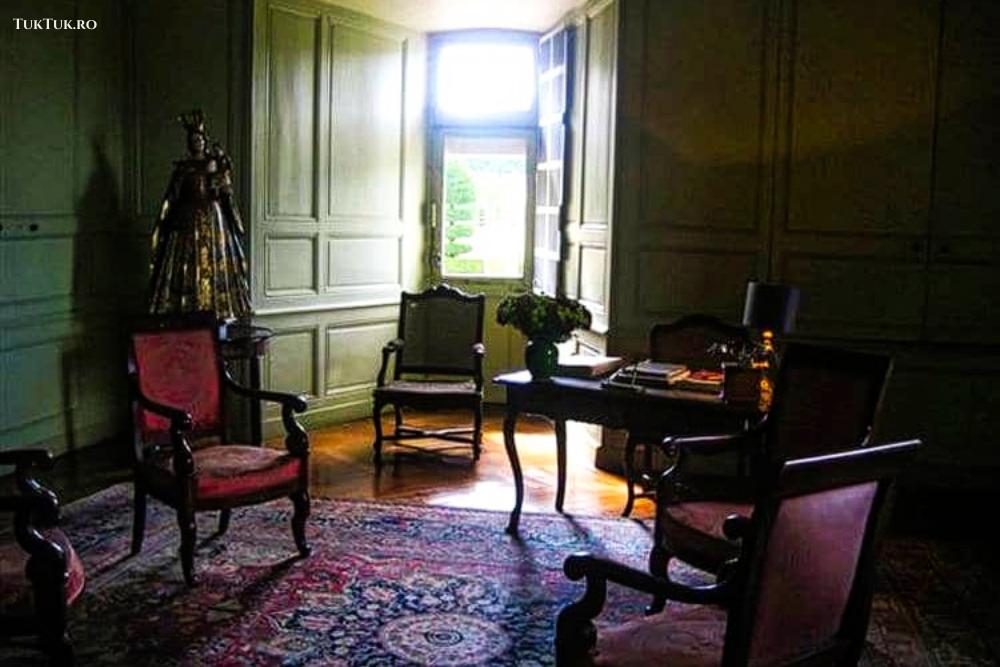
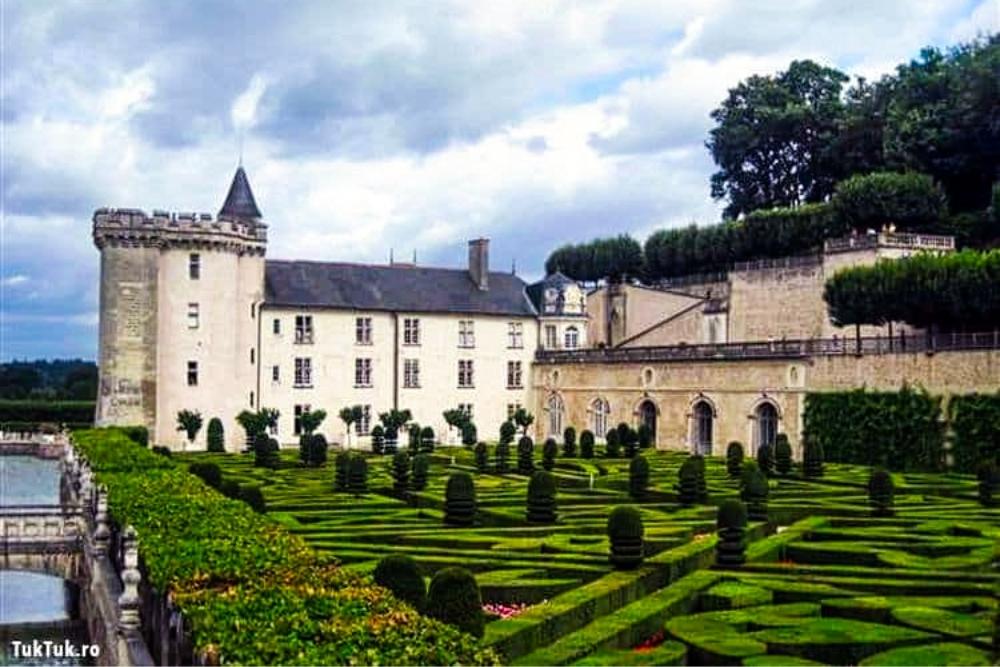
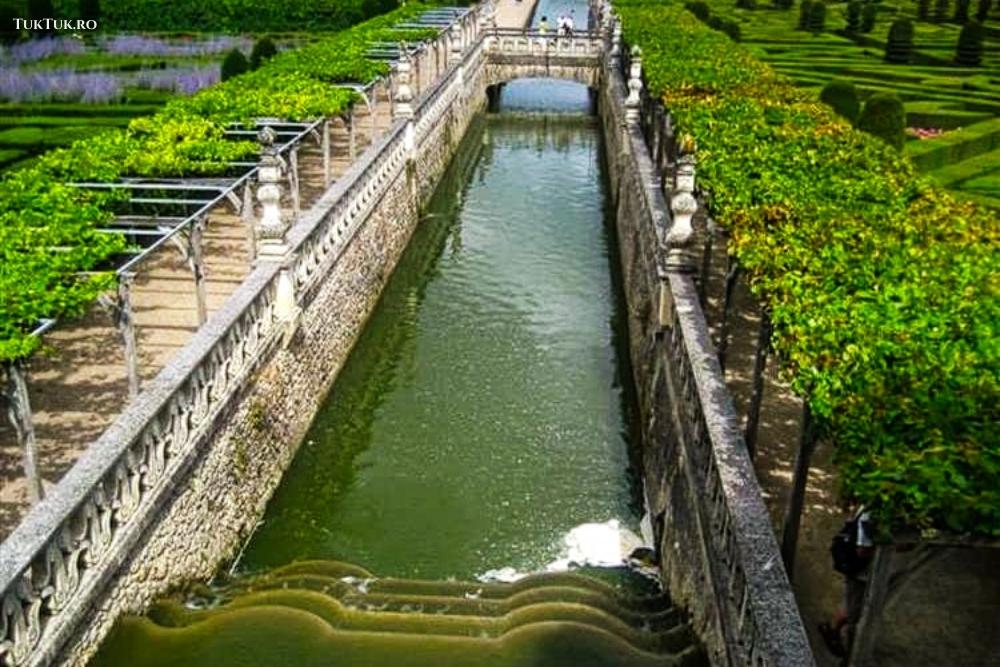
In 1906, the castle was bought by Dr. Joachim Carvallo, a Spanish guy, great-grandfather of the current owner. The owner had the lovely idea of decorating the rooms with vintage photos, black and white figures that have the fascinating power to give you a taste of the early 20th century.
Moving on to the centerpiece, the gardens, it’s worth noting that, after centuries of history, they were relandscaped in 1906 by Carvallo himself, with his American wife, Anne Coleman. The two gardening enthusiasts created a true work of art, combining French and Italian styles. The result is a rarely seen chessboard of spectacular proportions, with more than 150,000 plants in one place.
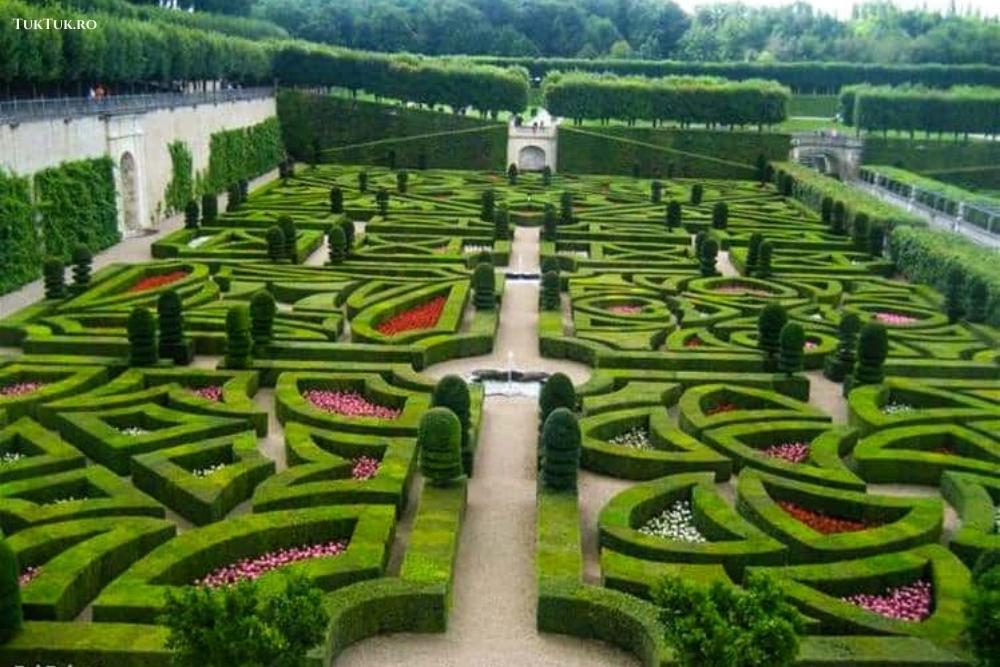
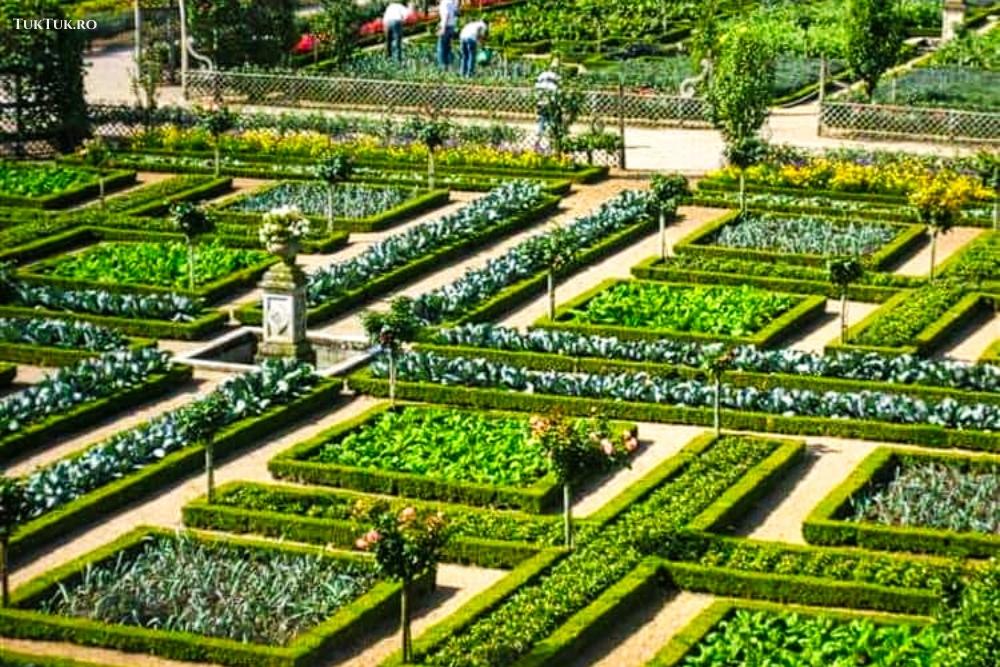
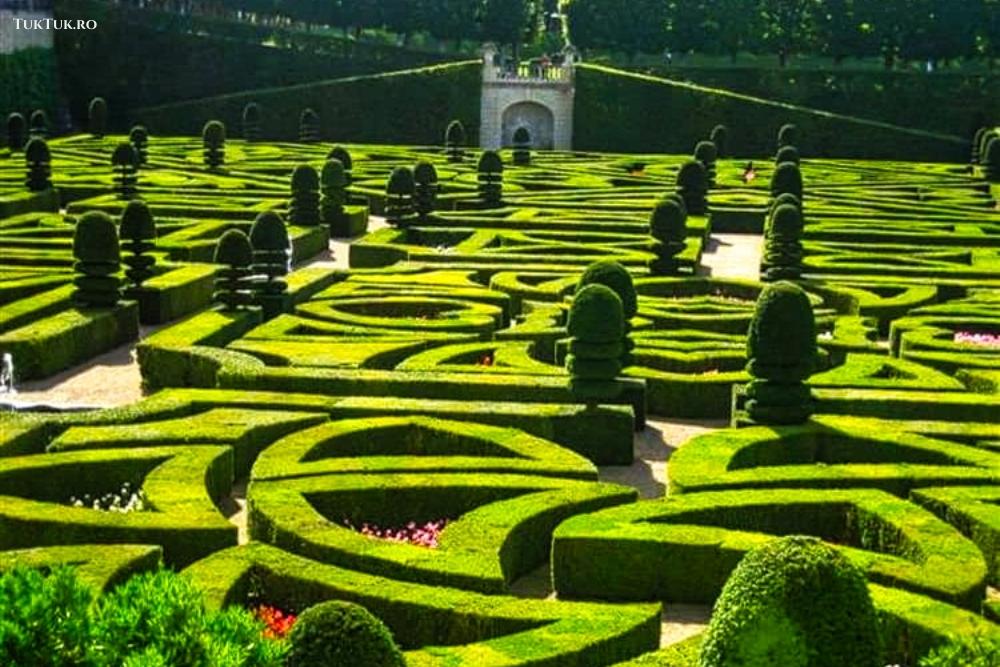
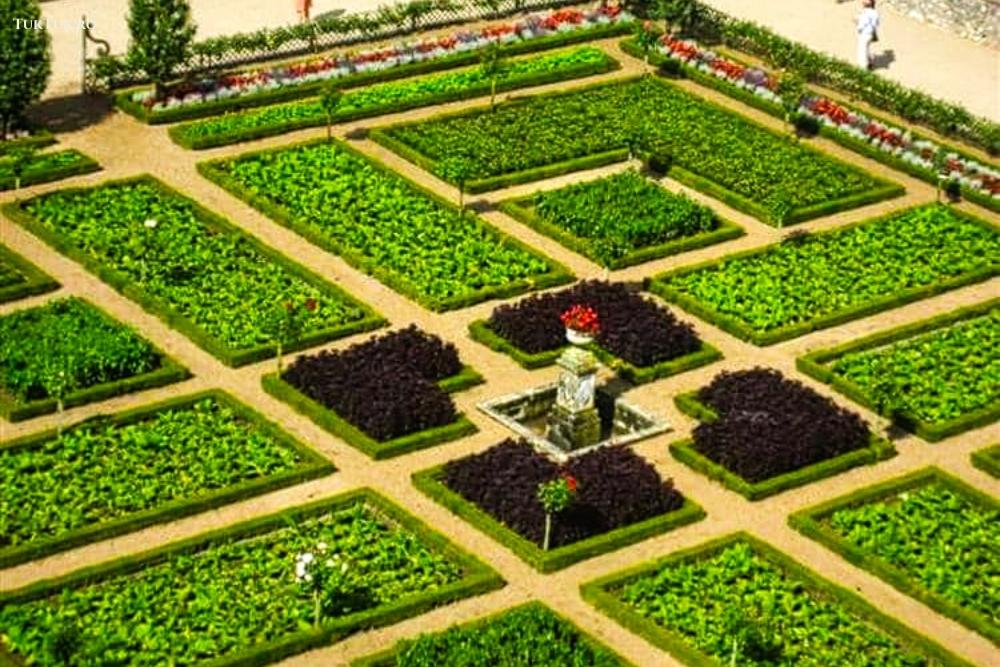
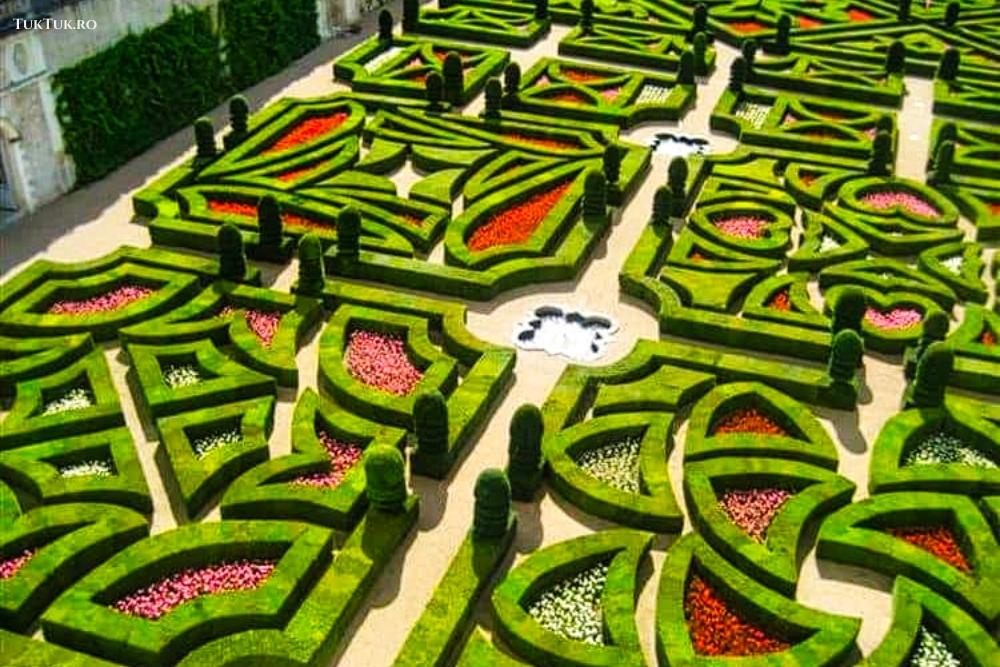
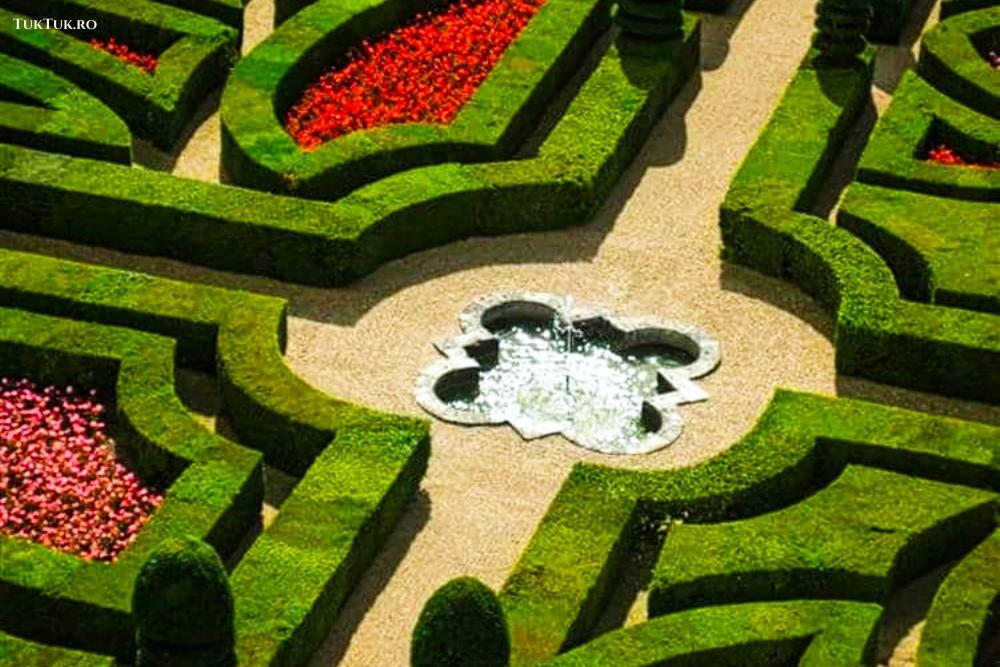
On one side are the vegetable gardens, where apple trees, pear trees, cabbages, courgettes, tomatoes, lettuces, and so on steal your eyes and urge your hands to keep picking. On the other side lie the herb and medicinal gardens, then the labyrinth, and finally, just on the right side of the castle, the unusual love garden, which contains meticulously architectonic symbols of love.
Happy love, unrequited love, hidden love, etc. – all have a floral symbol as mysterious as it is exciting. Finally, a meadow stretches out somewhere in the background, surrounded by an immaculate lawn and 1500 perfectly aligned linden trees.
Villandry is said to be one of the most visited chateaux in France.
And this is with good reason. One thing that makes the Loire Valley such a tourist success is precisely the variety of castles in the area. If one of them is famous for its exquisite interiors, the one next door is certainly famous for its gardens, the pigeons in the turret or whatever.
Azay-le-Rideau Castle, state ownership
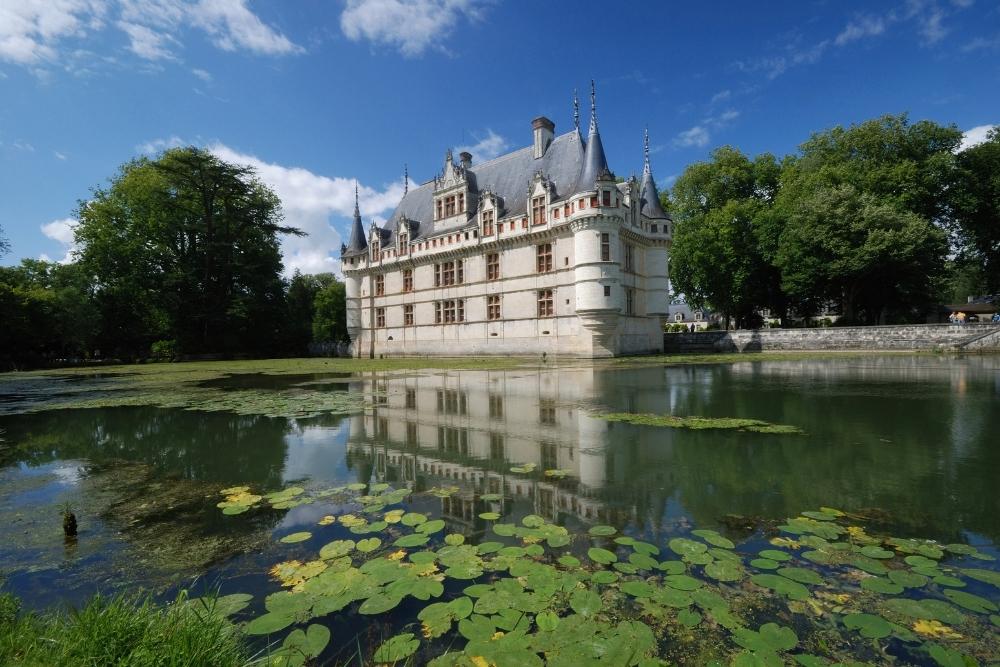
This was the only castle I visited that seemed to have something wrong with it from the very moment I stepped inside. Before long, I was enlightened: it’s in state ownership, and the state doesn’t seem to love it that much. However, it is true that this castle, which Balzac called “the diamond of the Indre”, has a striking image of a castle from a fairy tale.
It was built by Gilles Berthelot, a member of the Touraine bourgeoisie and a lover of Italian Renaissance art, which is remarkable as soon as you lay eyes on its façade. In the 19th century, the Marquis de Biencourt rebuilt some of the interior and exterior of the château, notably the two towers that dominate the façade overlooking the courtyard. The water moat, built by Berthelot to give a touch of medieval drama to the castle, adds to its grace.
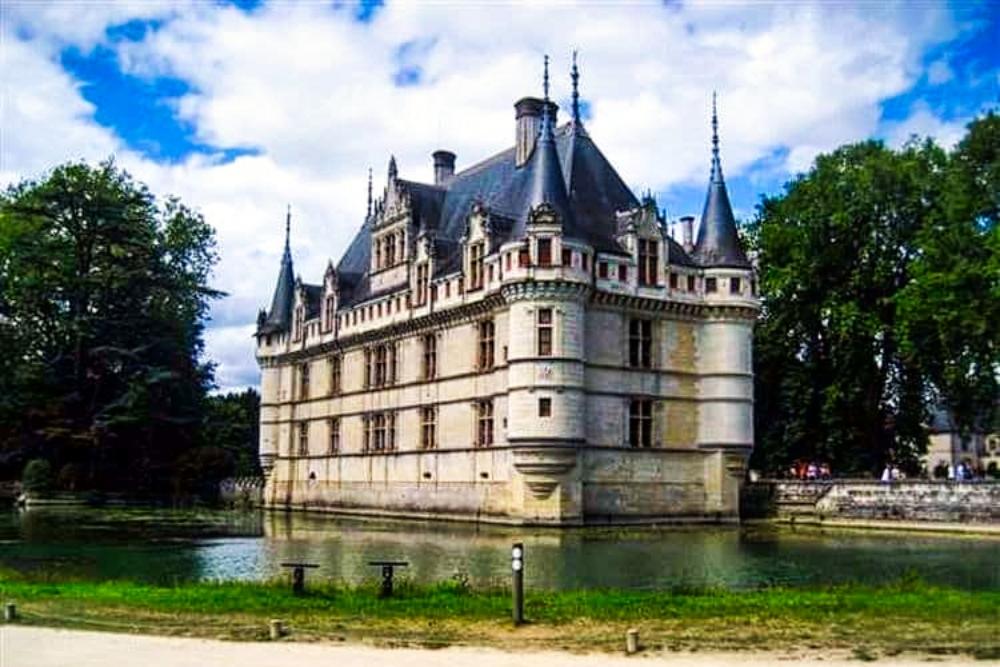
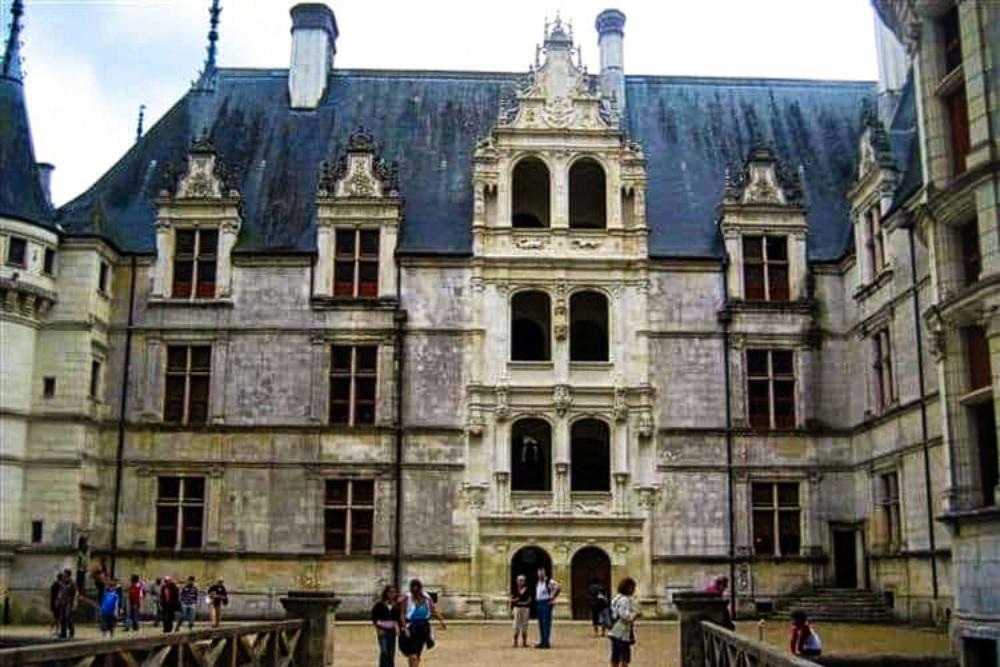
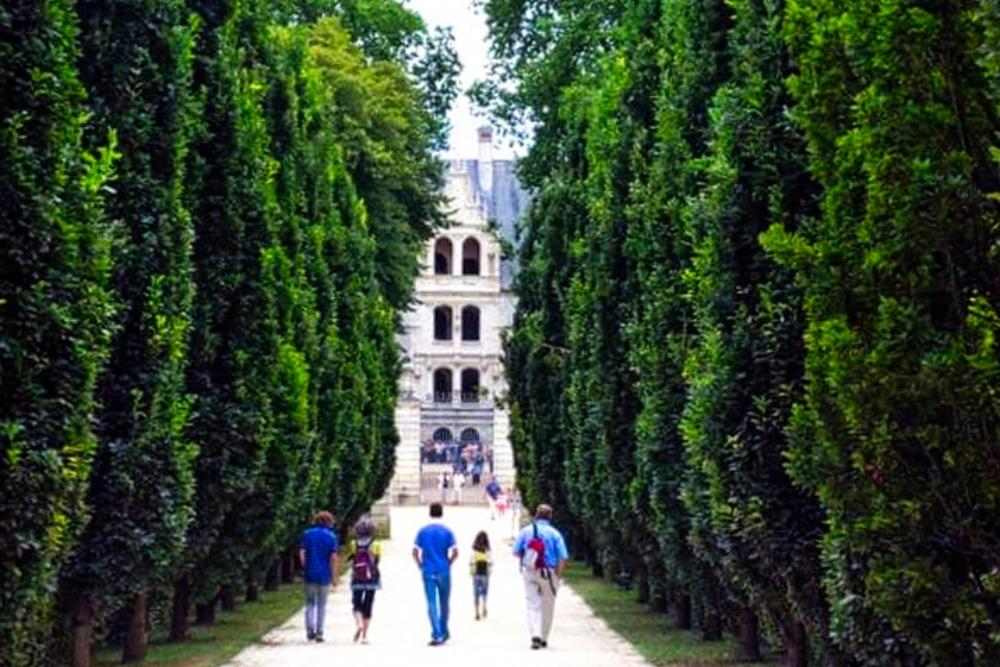
While Azay-Le-Rideau is charming on the outside, the interior doesn’t justify the ticket’s price – unfortunately, most of the furniture was sold by the last owner (before the state bought it in 1905), who had to raise the money because he had gone bankrupt. There are, however, some rooms, such as the one that pays tribute to the Marquis Biencurt, that are particularly noteworthy because of the artwork on the walls.
Usse Castle, the fairytale
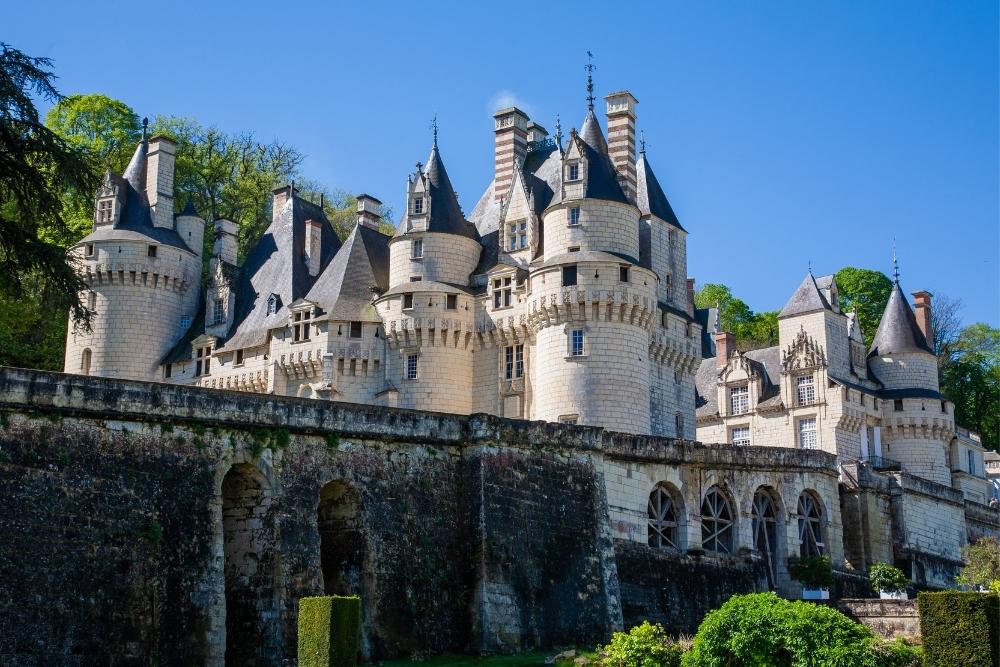
14km west of Azay-Le-Rideau is a castle that some consider being the most beautiful castle in France. Usse is the castle that inspired Charles Perrault to write the story of Sleeping Beauty. Perrault was a guest of the Count of Saumur in this castle which today ‘dedicates’ one of its towers to this famous tale, the owners (the Blacas family) building entire scenes out of wax figures.
Jean de Bueil began building Usse in 1462 on an old medieval castle site. Still, it was not really finished until the 1600s. Its architecture is further “tormented” by small changes such as the demolition of one of the wings to make way for an exceptional view over the entire Loire Valley. And the construction of the terraced gardens surrounding it. Usse, like other castles, has not had a very eventful history. As a result, the interior (in which waxwork scenes persist in almost every room) is charming, exuding a romantic and bohemian air, suggesting that many balls and parties were held here in the past.
There’s an exhibition of 19th-century fashions, a spectacular bedroom dedicated to Louis XV (who announced his arrival but never arrived, missing the joy of a canopy bed that was as beautiful as it was… short), and an ingeniously arranged ballroom.
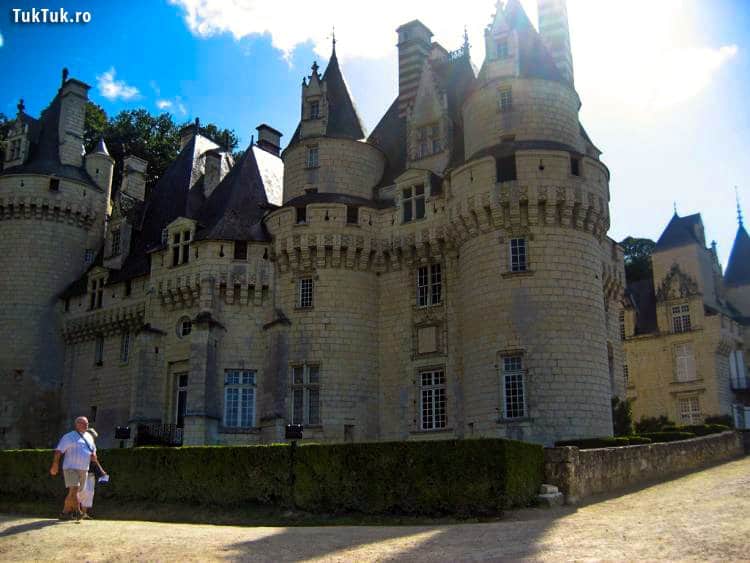
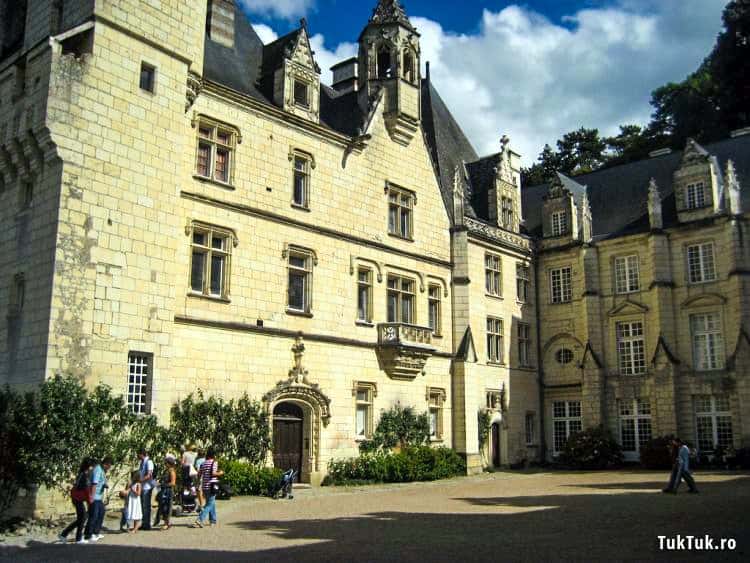
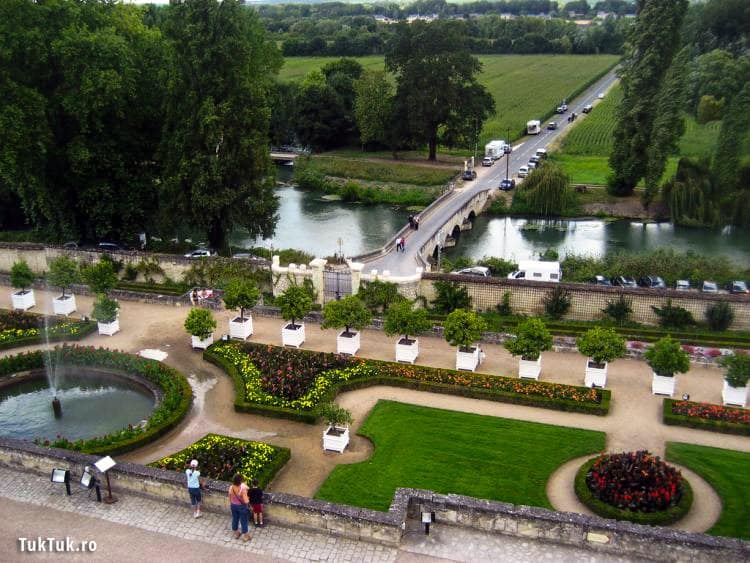
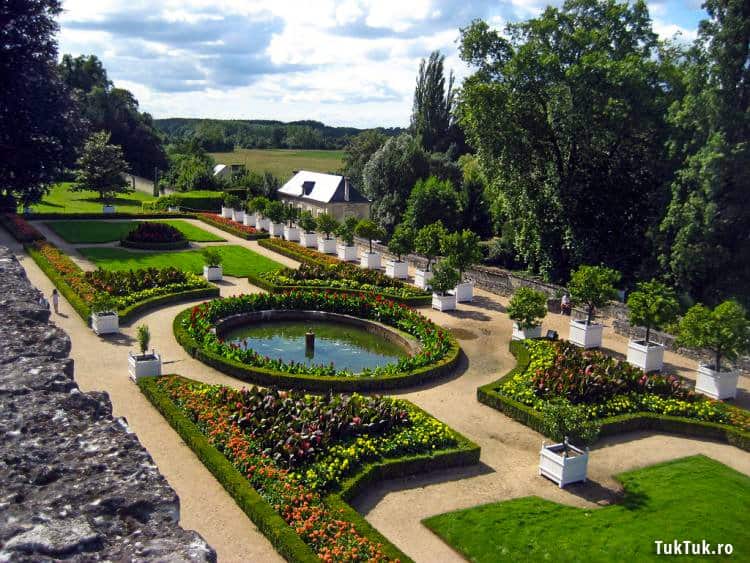
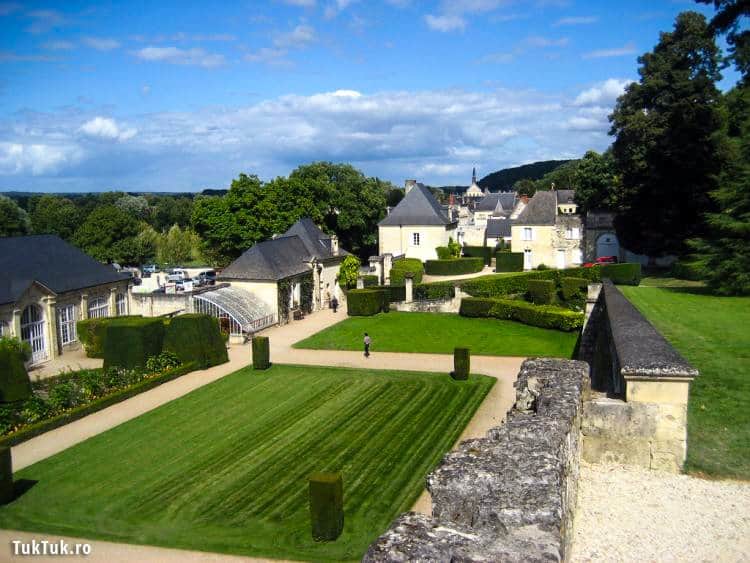
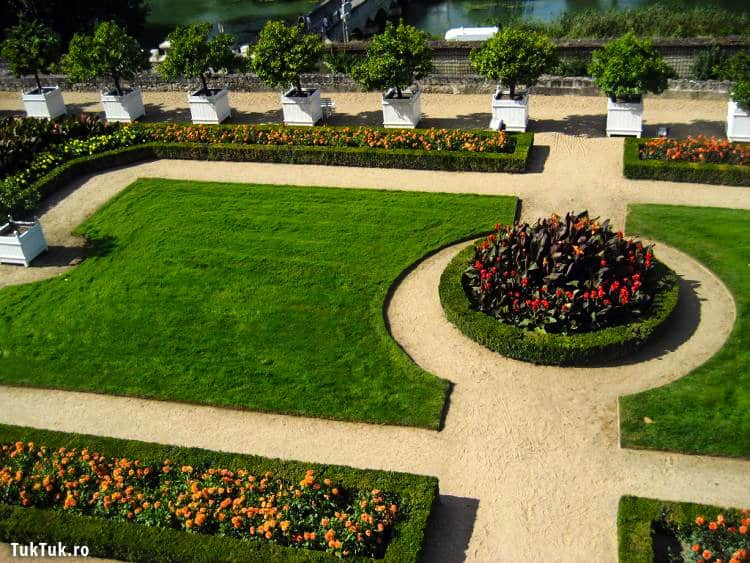

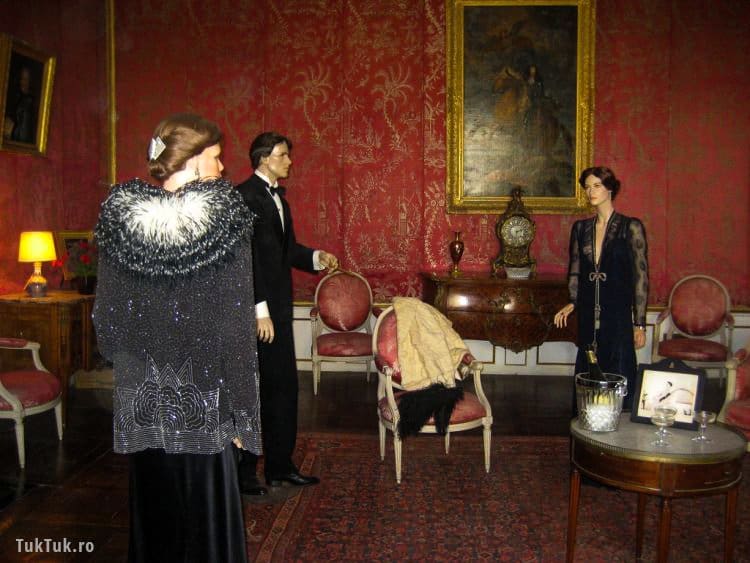
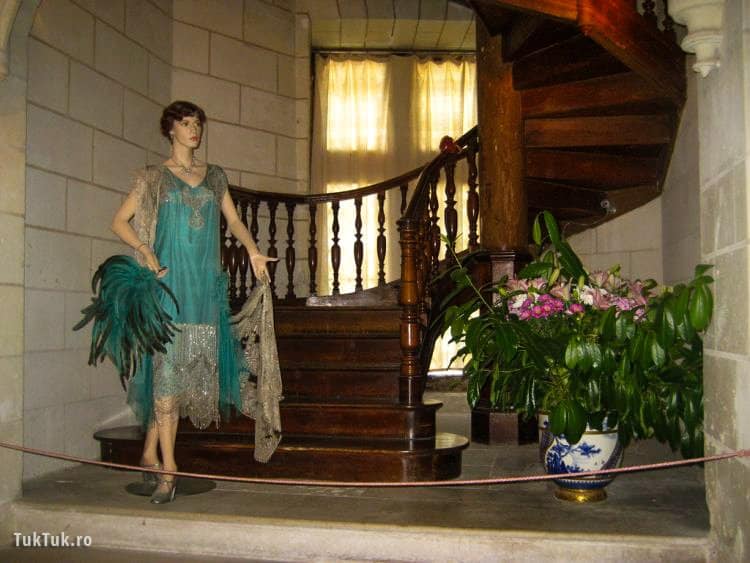
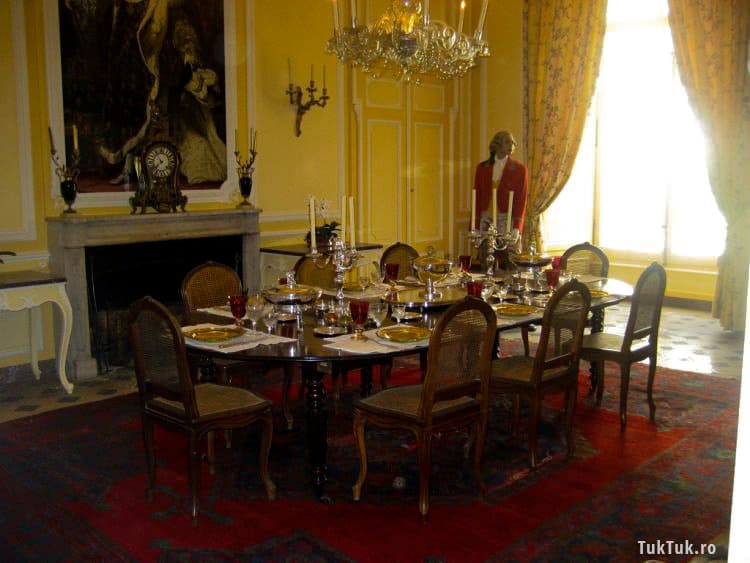
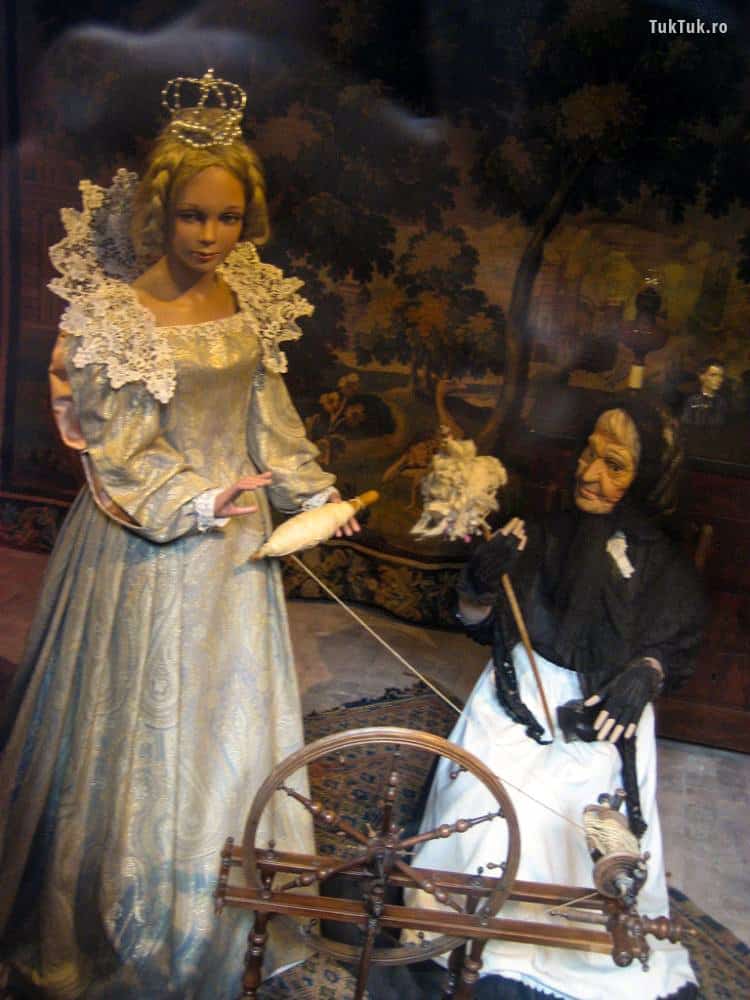
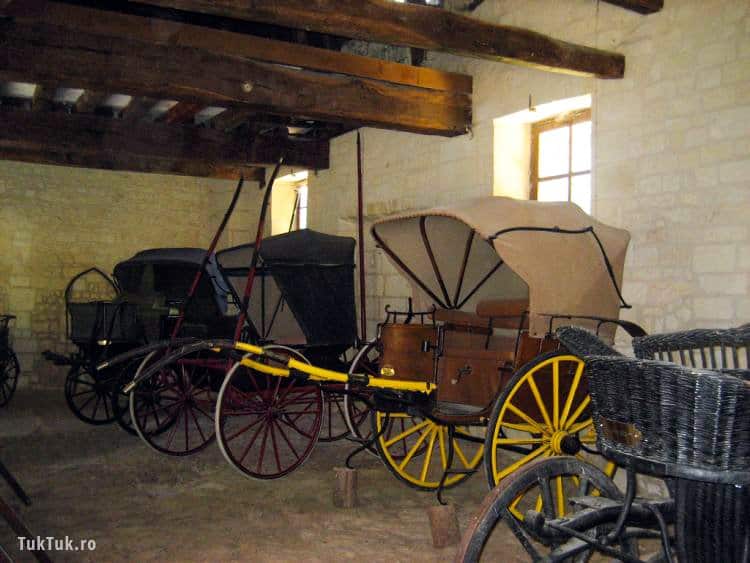
From the turrets, the view is breathtaking, but that’s also because the castle gardens are so beautiful – Gothic and Renaissance in style. Right on the driveway leading up to the castle are two huge cedars of Lebanon. A gift that the poet Chateaubriand (the originator of the Romantic movement, the one with the… steaks, only Montmireil made them, his chef, and not by the viscount himself) gave to the Duchess of Duras, his mistress at the time. Who, on hearing of her lover’s death, stopped all the clocks in the house so that she would “never hear the hours at which he no longer comes”.
The castle surprises you with the adjoining chapel, the “basement” prison, and the stables. You will find an interesting exhibition of saddles and one of the carriages – luxury or “sport” models.
Chinon, land of wines
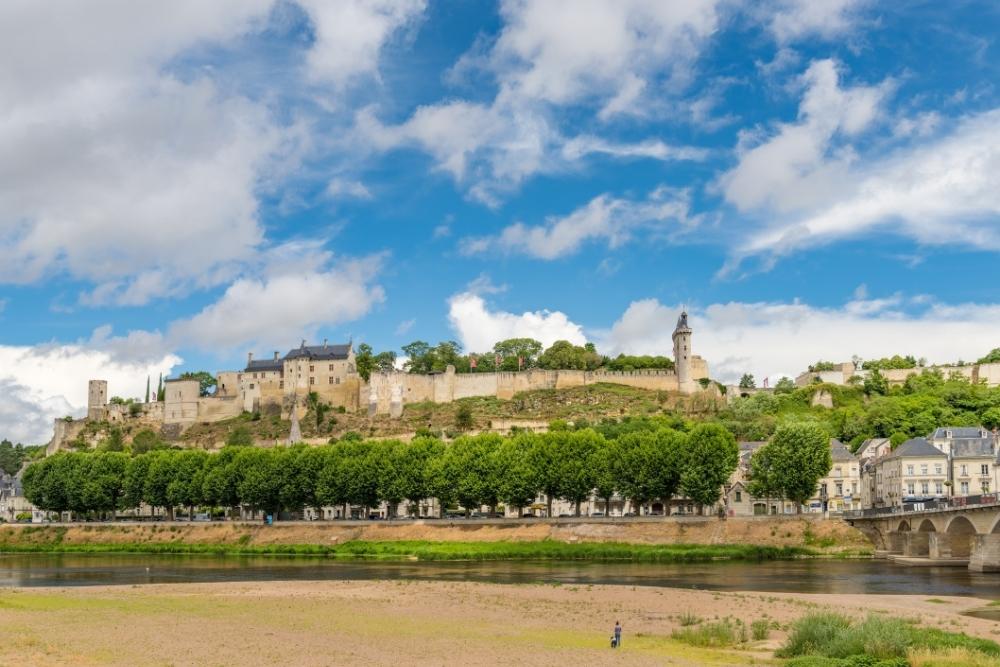
Wine lovers are at maximum happiness in the Loire Valley, a veritable viticultural goldmine, mainly thanks to the vineyards in the eastern part near the town of Sancerre. Unfortunately, I didn’t make it there, but I enjoyed a bit of the Chinon wines, which were very good in all three versions: white, rosé, and red. Especially the latter.
But about Chinon, the story is longer and more beautiful because it’s a charming and delightful little town. And not just because the writer Francoise Rabelais was born here, but because it has a spectacular castle like every town in the Loire Valley (which I didn’t get to enter because I arrived after closing time).
Chinon is built in the image of small towns in fairy tales. A criss-cross of narrow streets, “lined” with wooden and stone houses in Renaissance and medieval style, which take you back in time and fascinate you without appeal. No wonder it was here that Jean Cocteau’s Beauty and the Beast was filmed in 1949.
All these streets are built on the hillside, descending towards the Loire gorges, which here seem even wilder than elsewhere. Because I forgot to mention this, the Loire is the only river in Europe that remains without embankments. Its banks seem to be cut out of Impressionist paintings, the trees tumble towards the water, and even if it remains “bald” at times in the summer due to drought, its beauty is unspoiled.
A wine museum and a cave carved into the rock that houses a spectacular wine cellar are at the end of one of the above alleys. In the middle of a Chinon wine tasting, I dropped in there next to a group of Germans past their prime who had ambitions to visit the Loire valley on bicycles (which, incidentally, many tourists do).
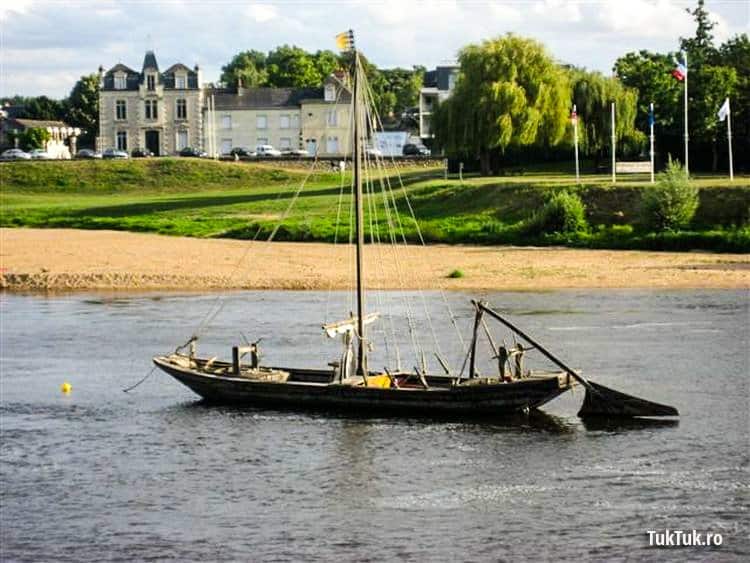
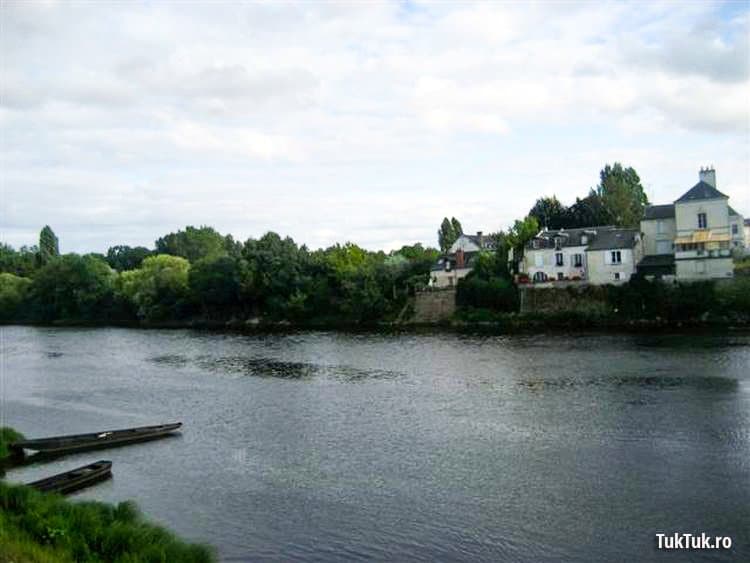
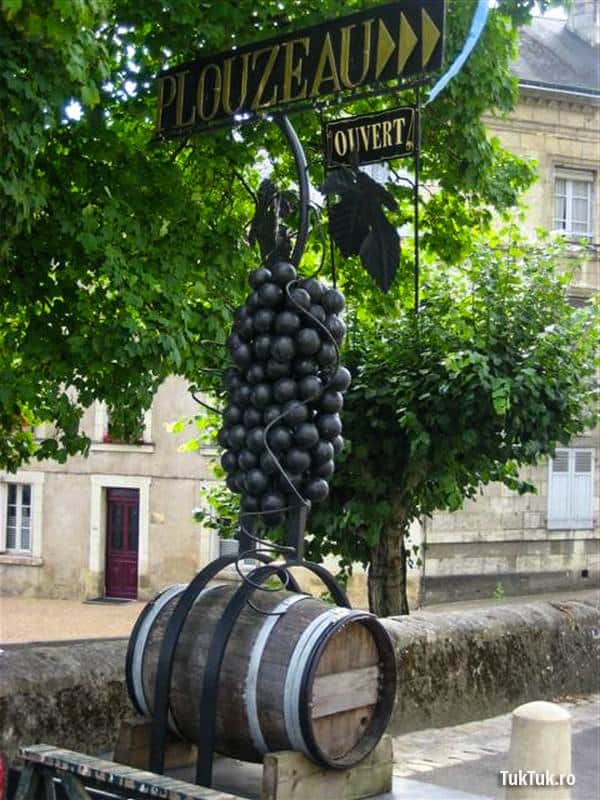
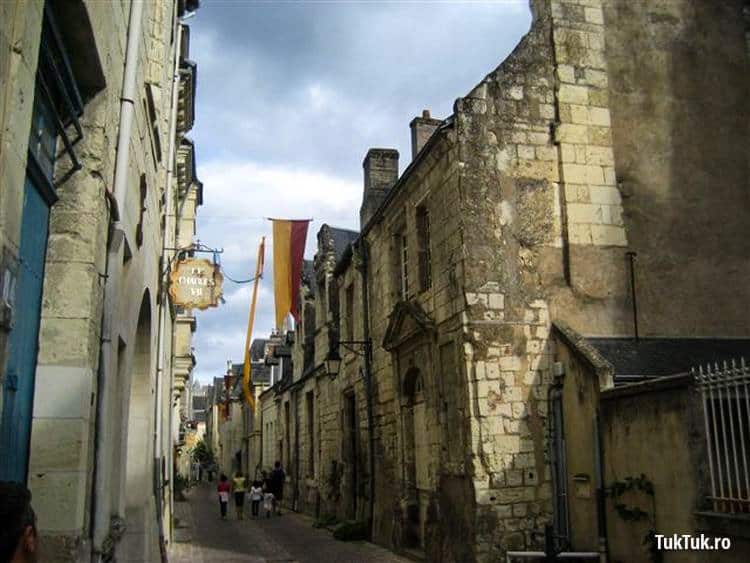
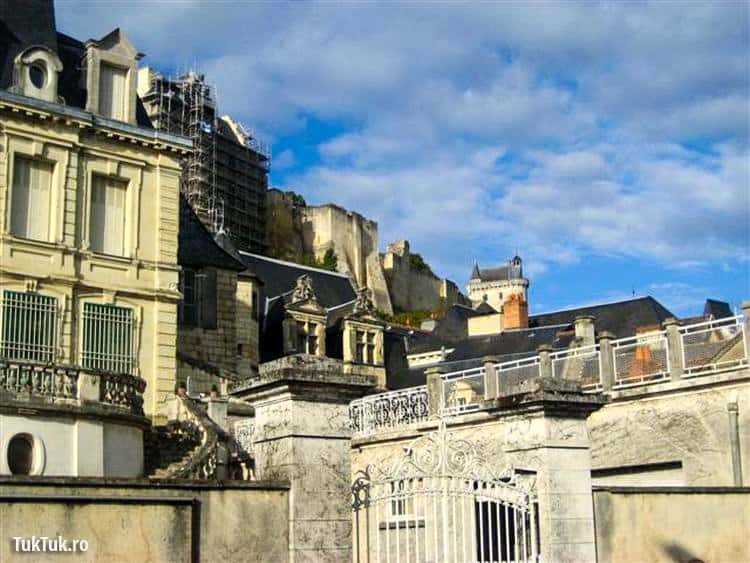
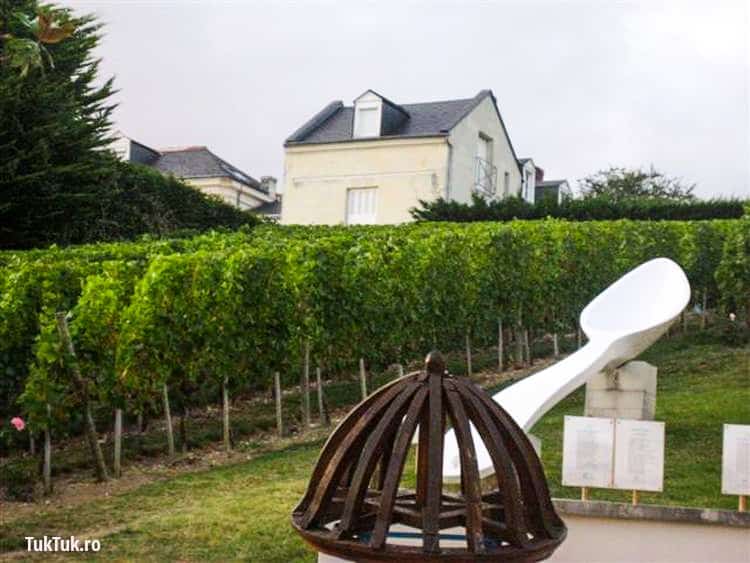
I don’t know how they managed to maneuver their vehicles when they left, as they left the place on several paths, red-faced, staring, with silly smiles and many bottles of wine under their arms. In fact, on the third Saturday of August, Chinon hosts an extremely popular wine tasting festival.
Of the castle that rises soaring above all the buildings, I can say that it was built in the era of King Henry II of England, who also died here in 1189. Cardinal Richelieu partially demolished it in the 17th century and used the stones to make his own residence a few kilometers further south.
Here I stopped with the Loire Valley Castles; in the next days, I went to the Atlantic Ocean to visit La Rochelle and La Baule. But about those two beautiful places, you will read in another post.
You may also like: 15 secret places to visit in Paris

